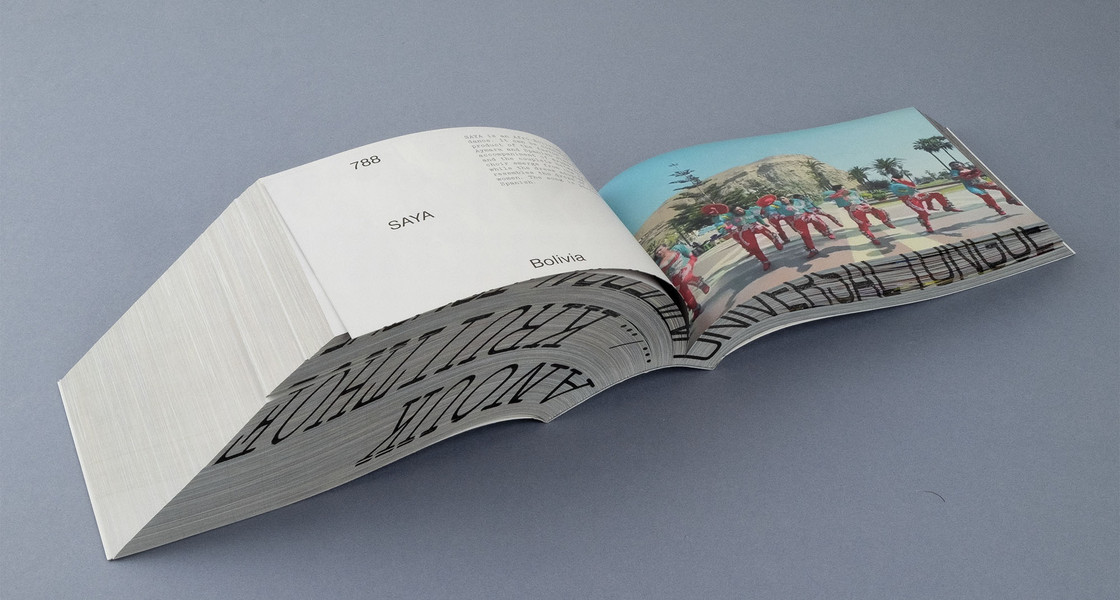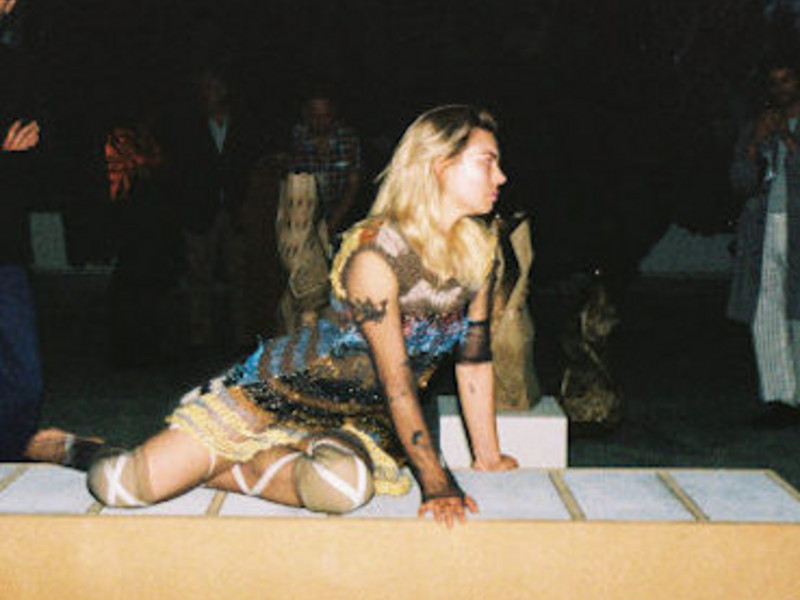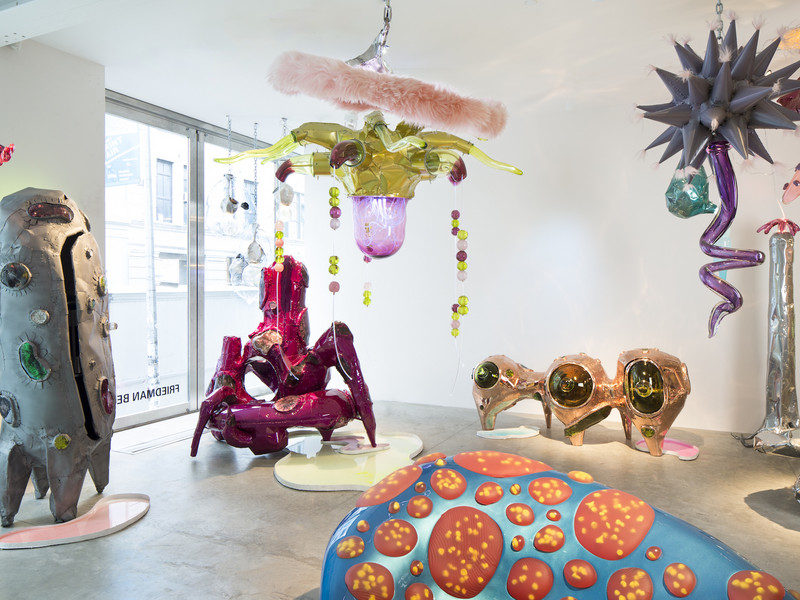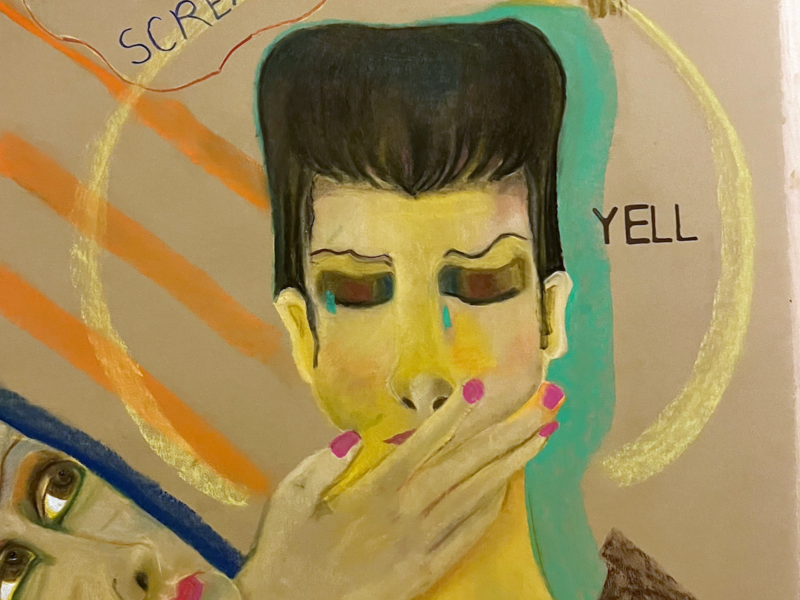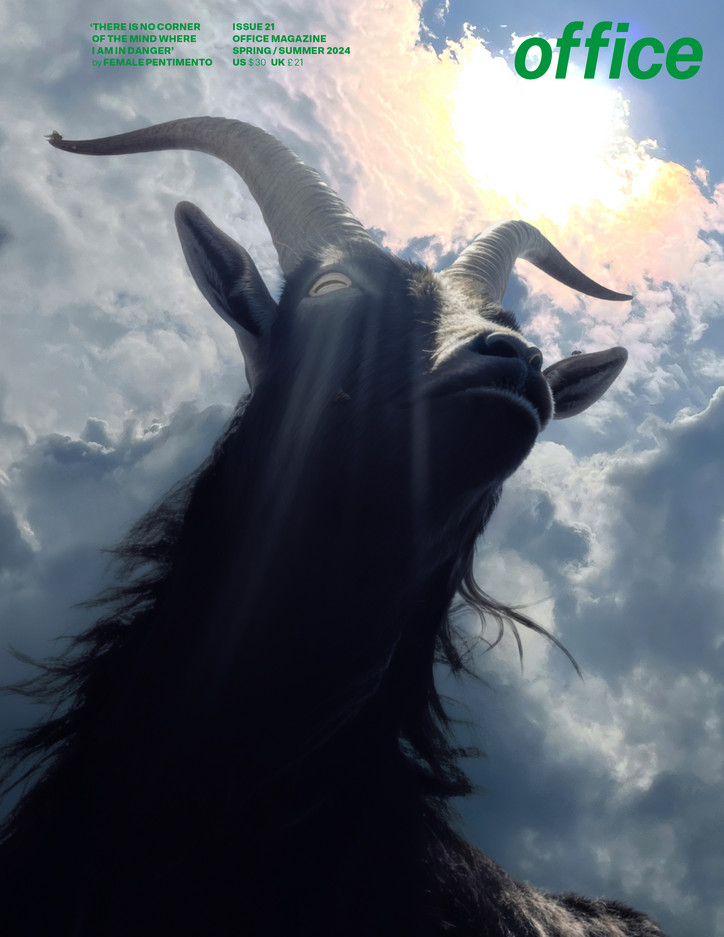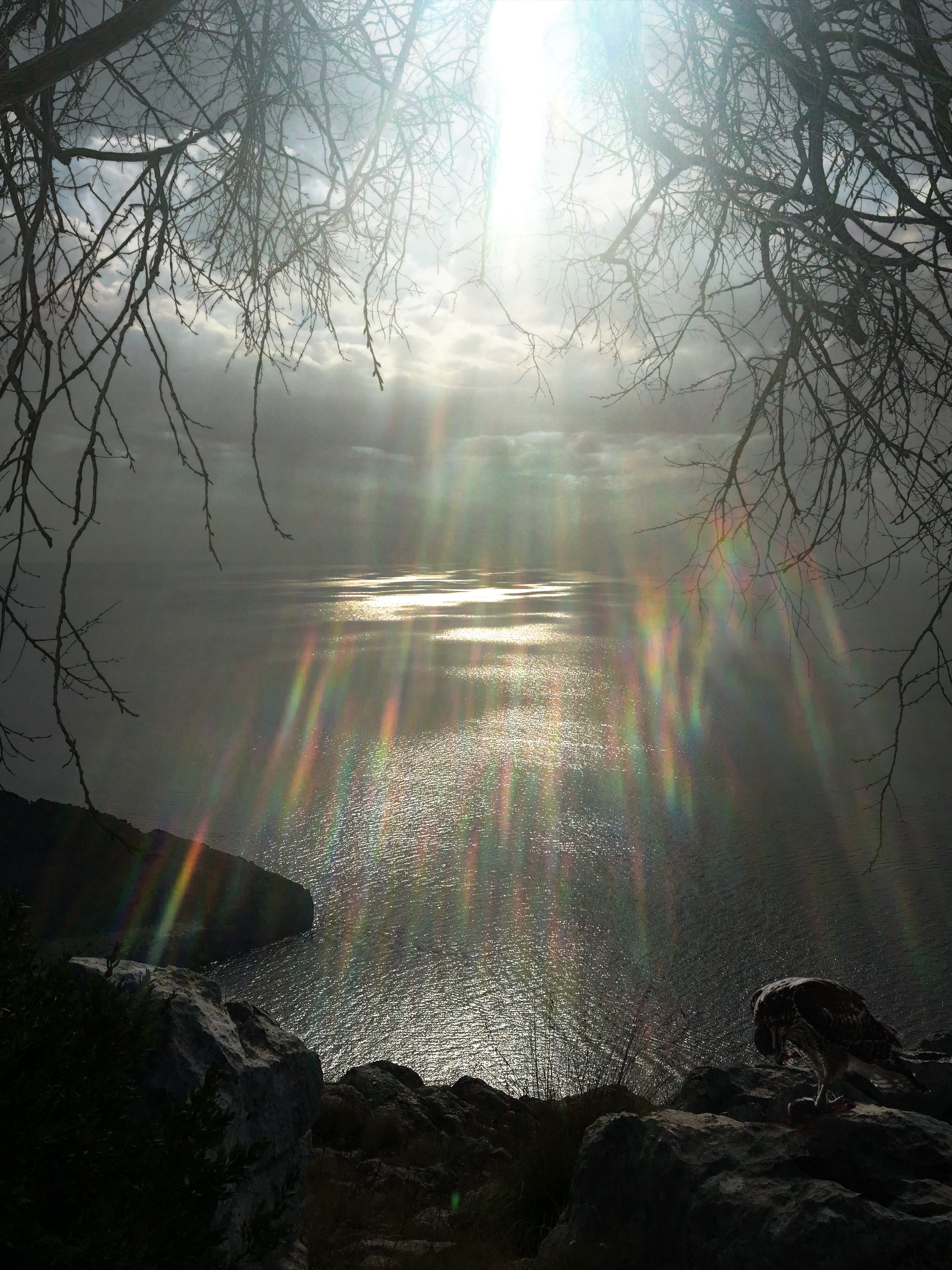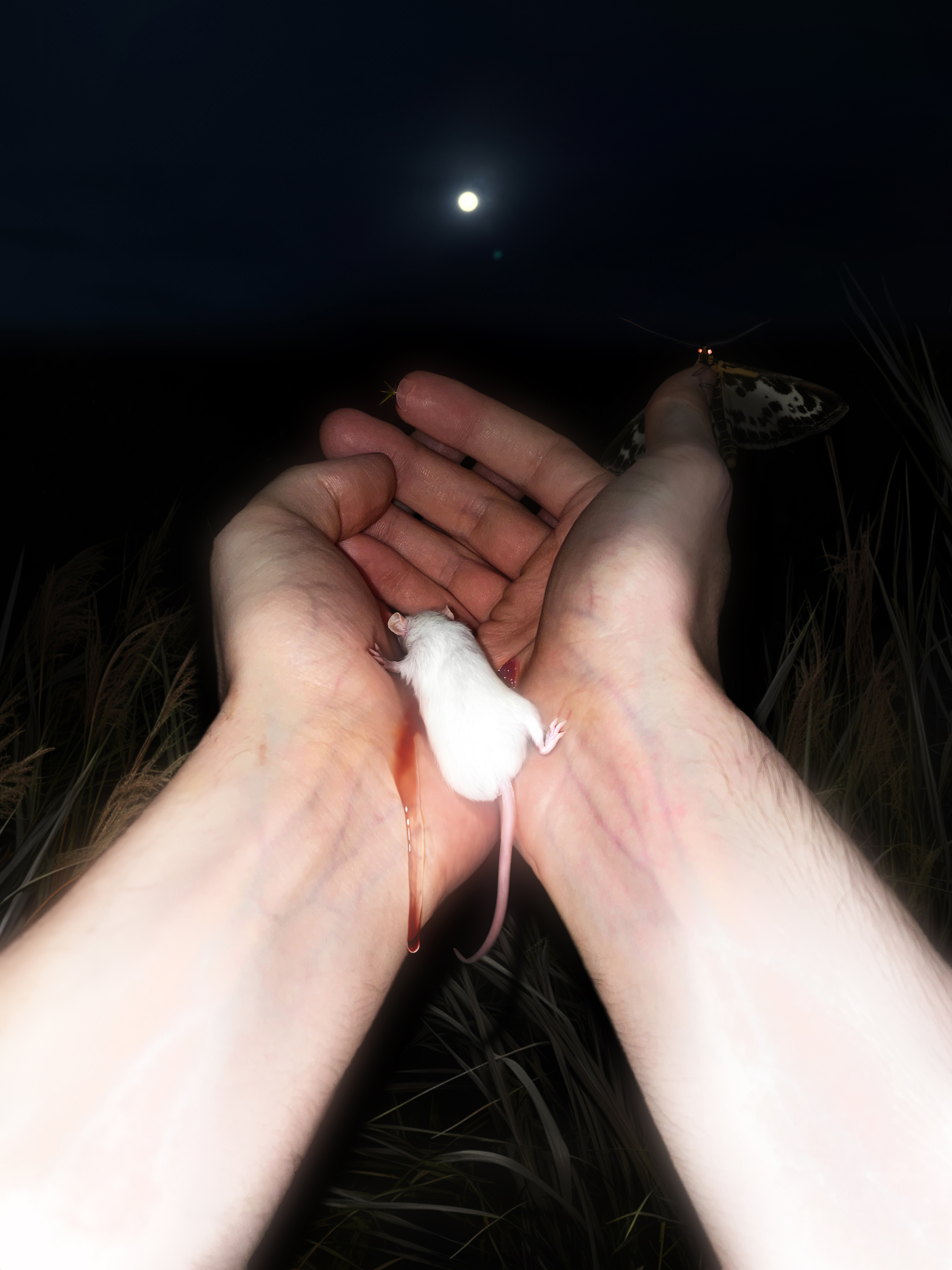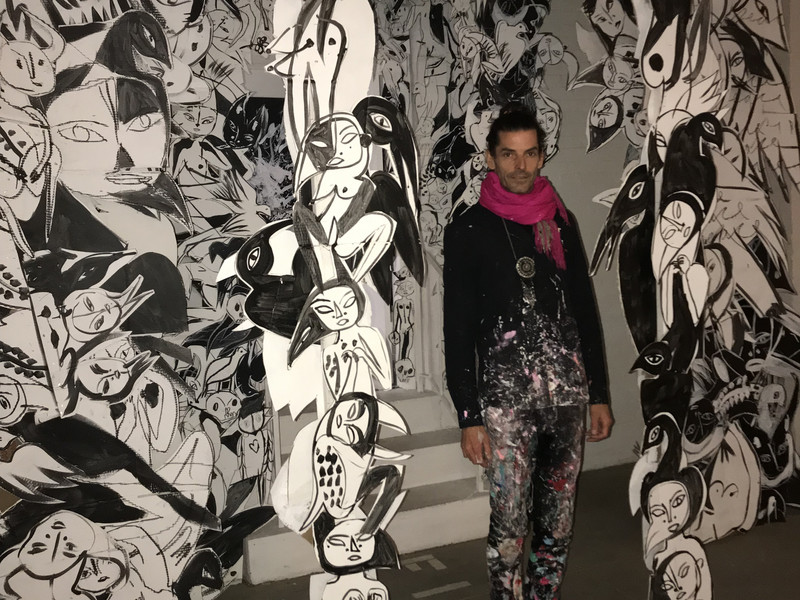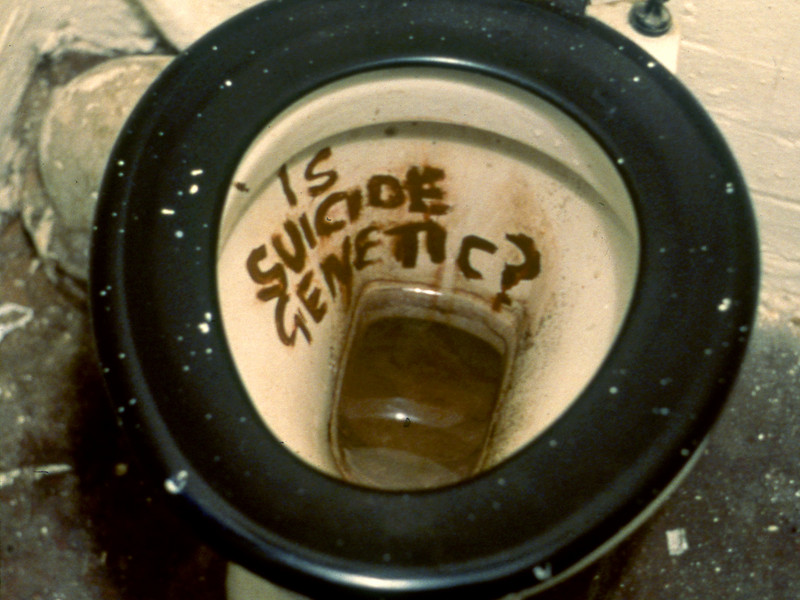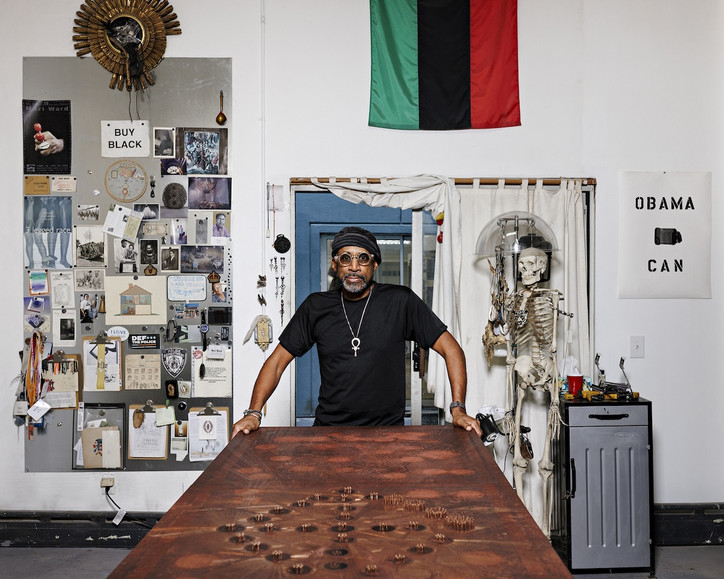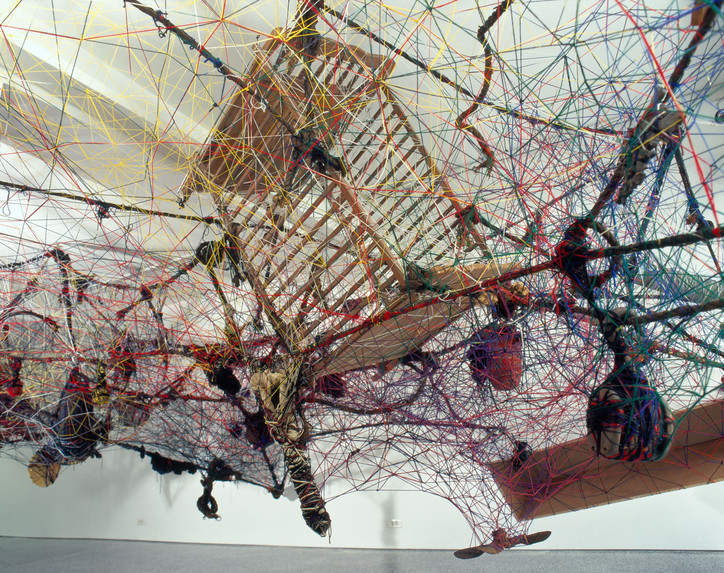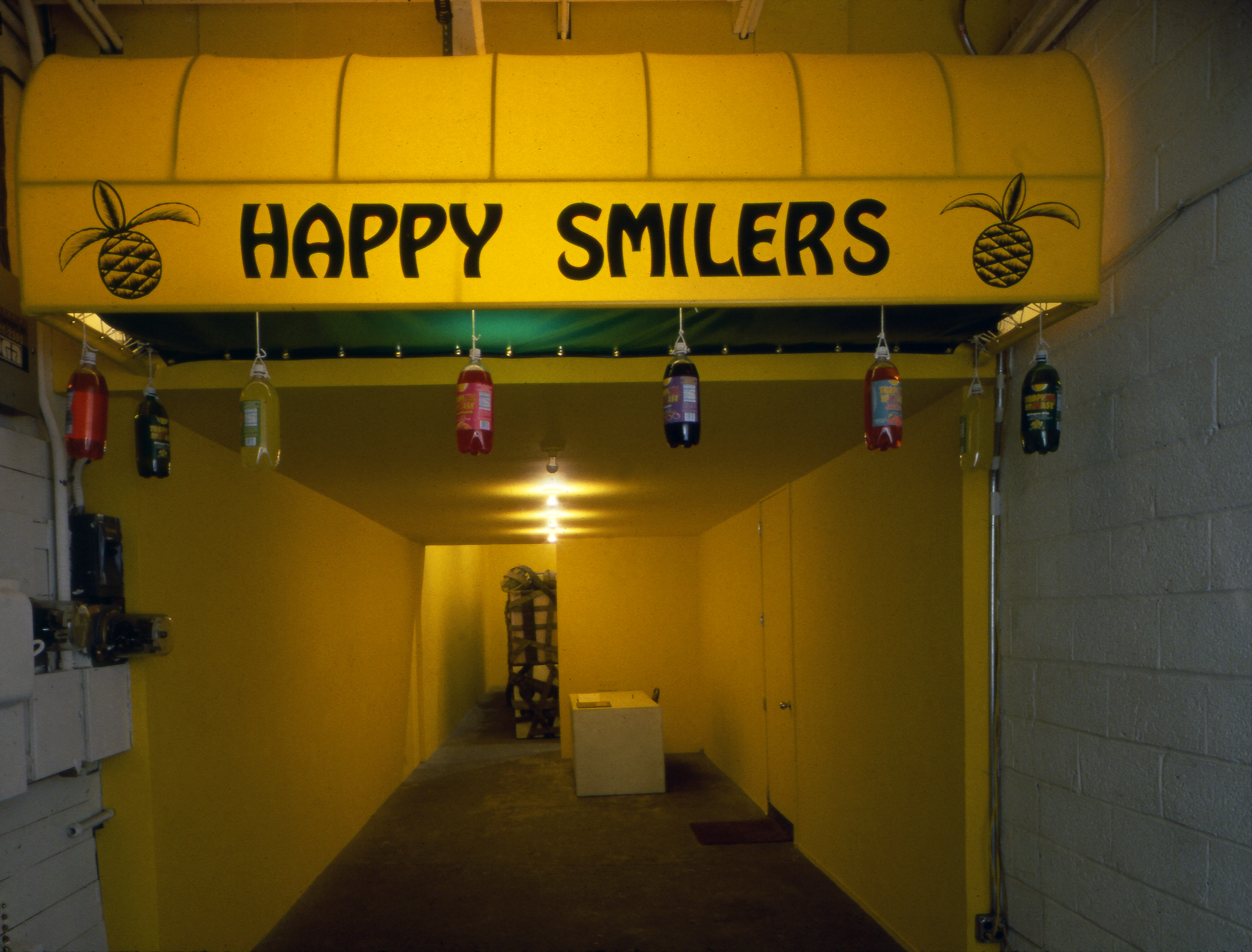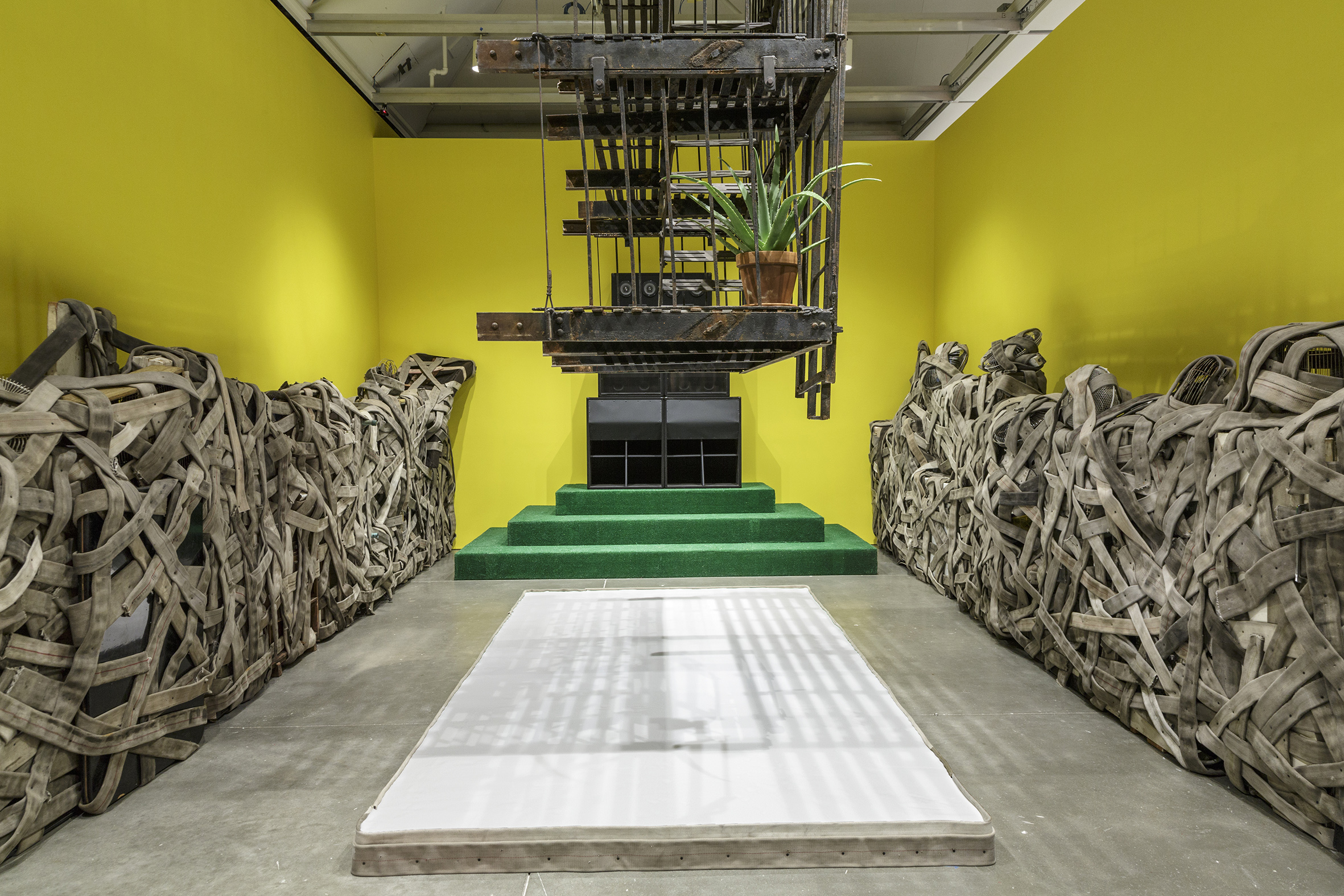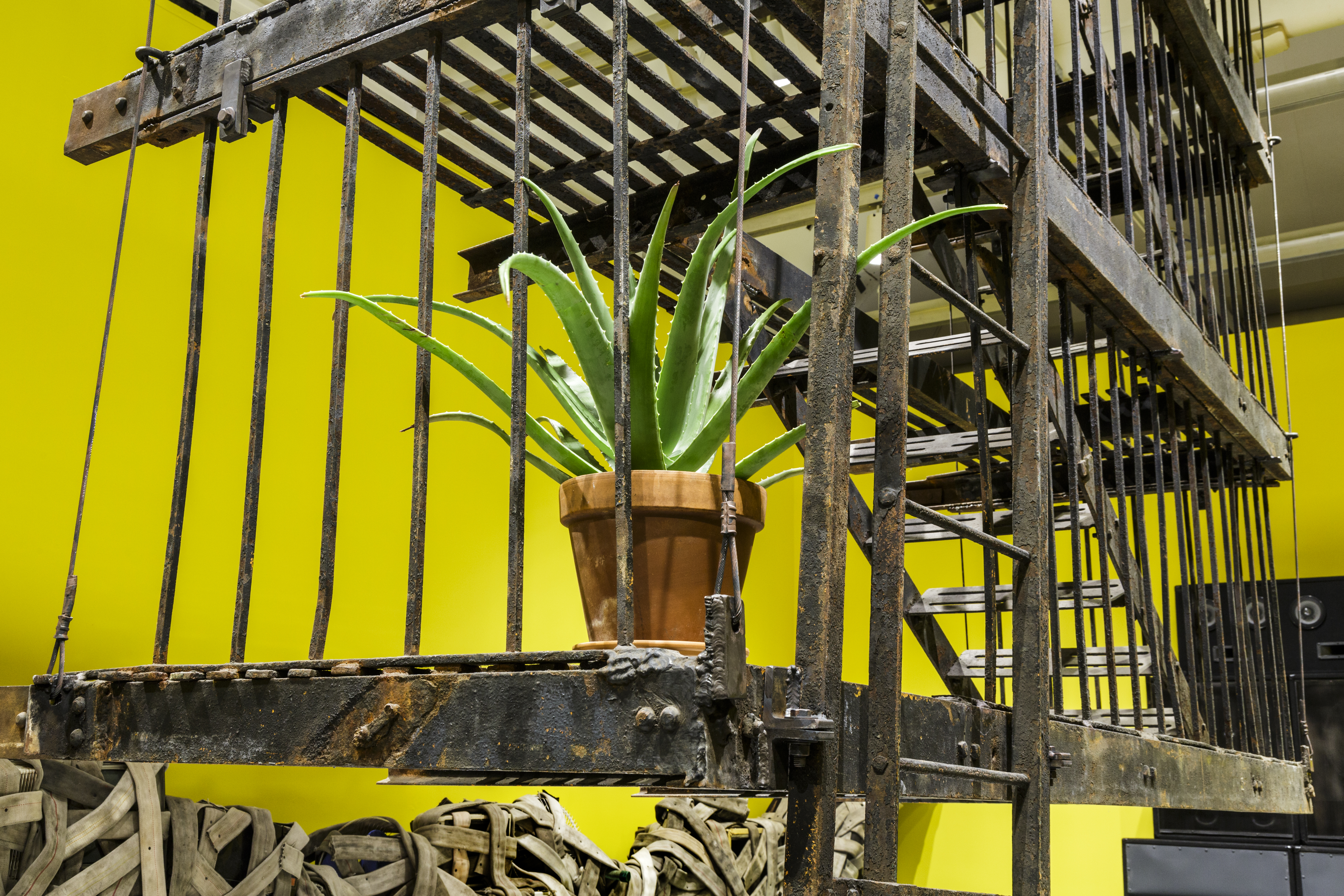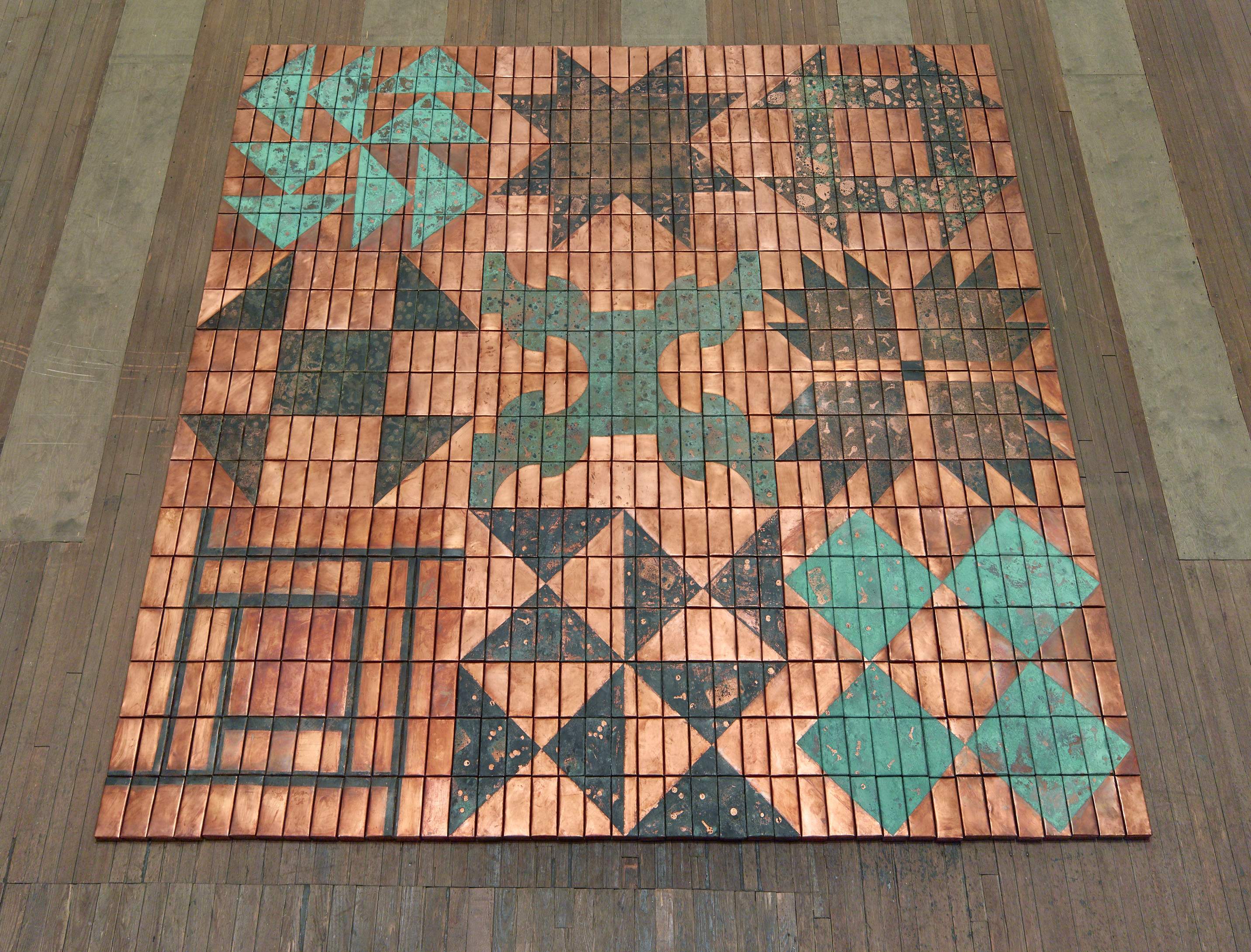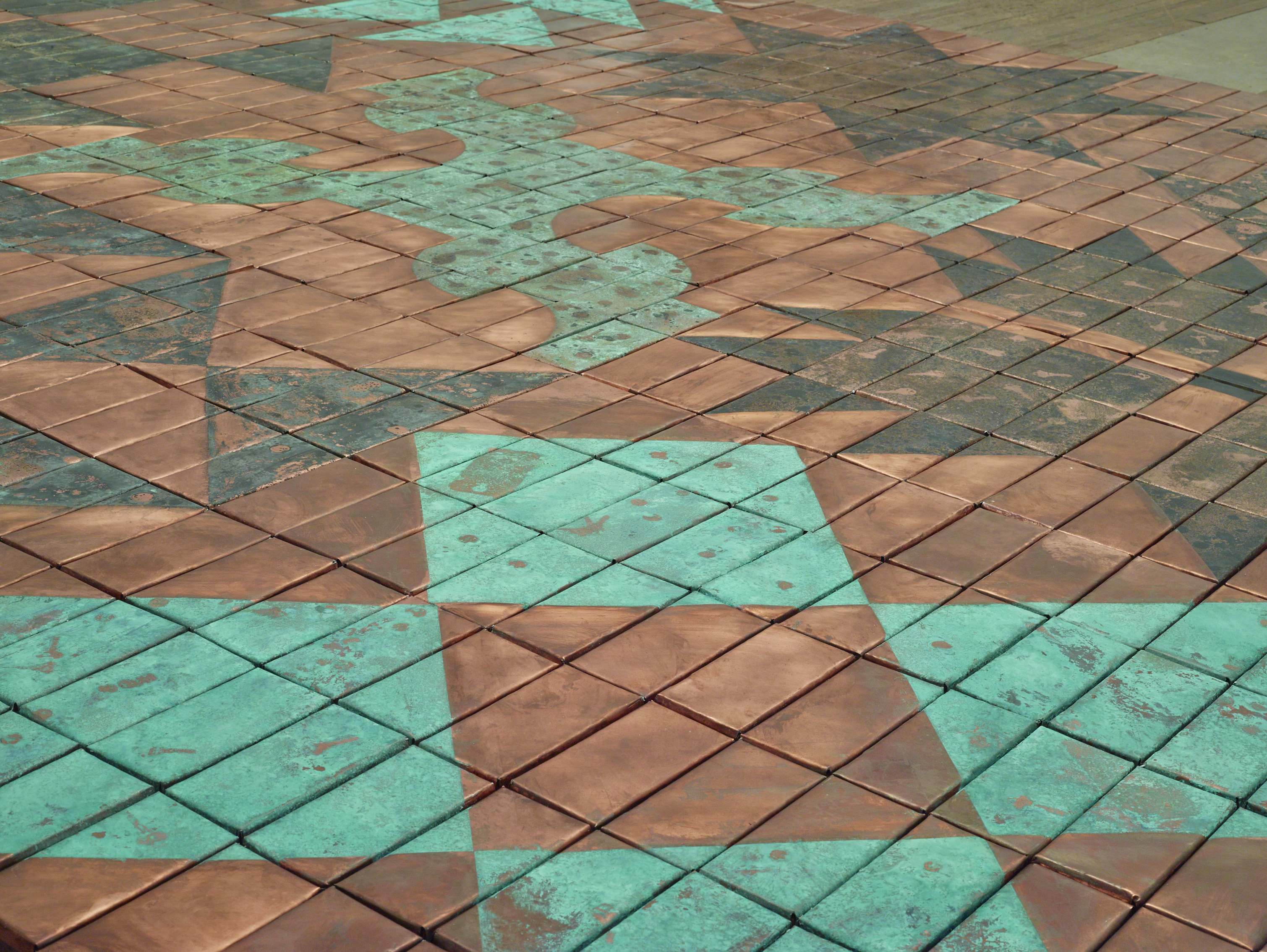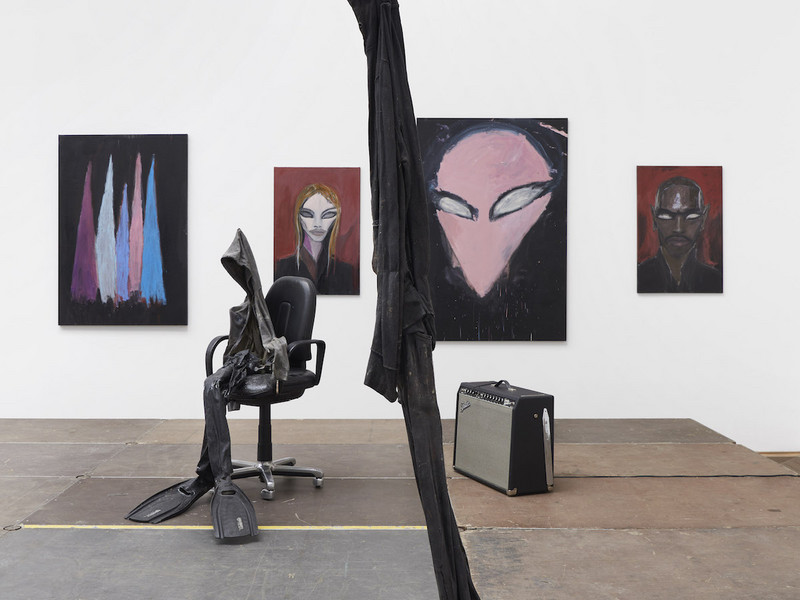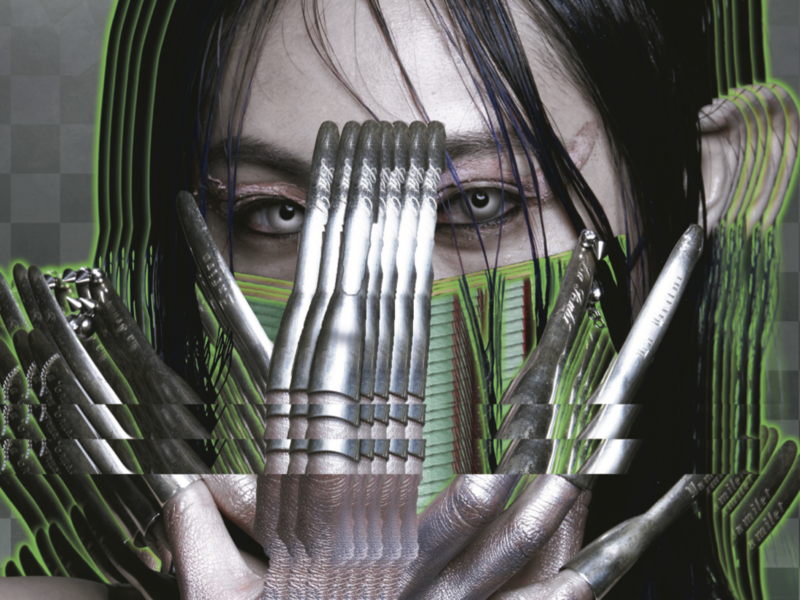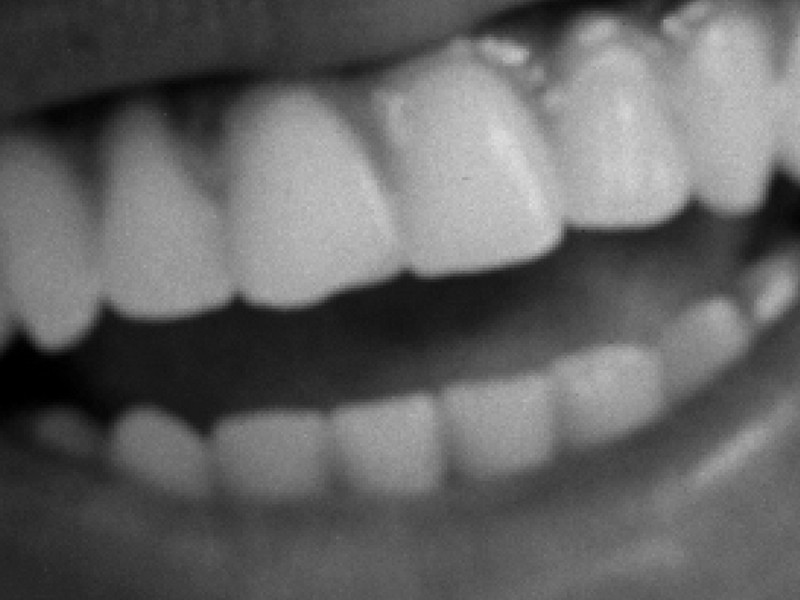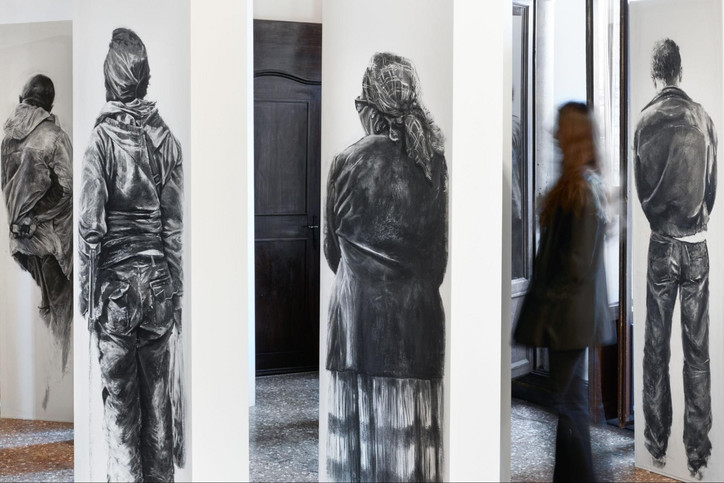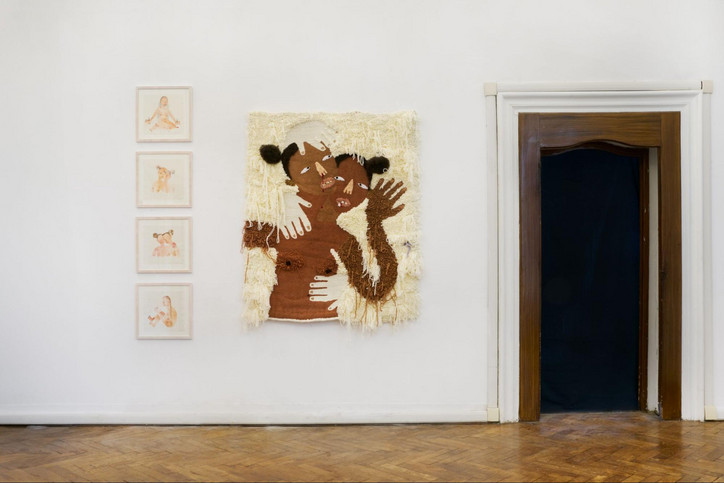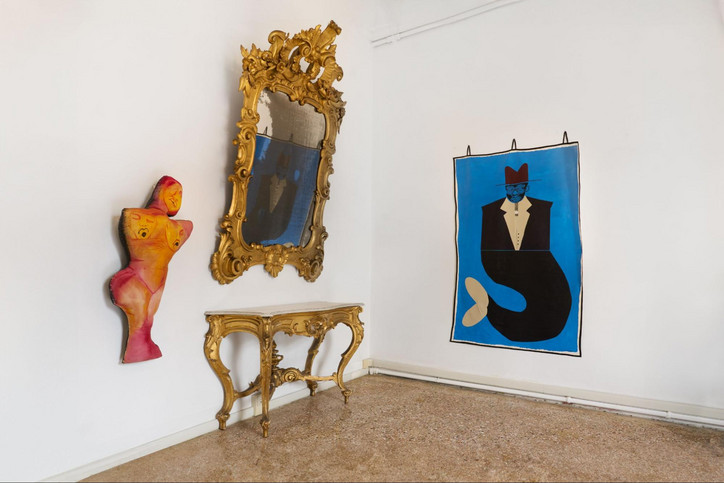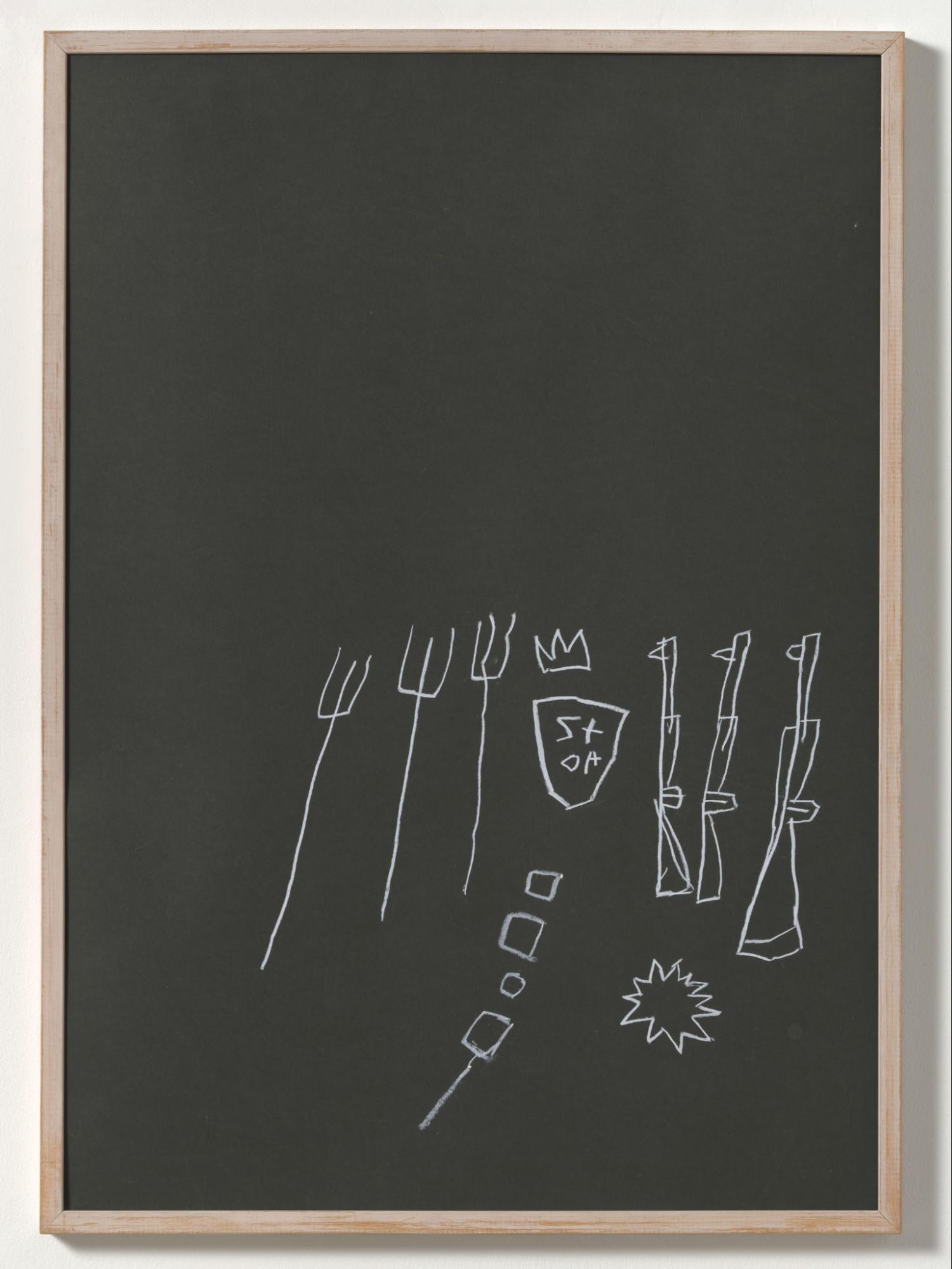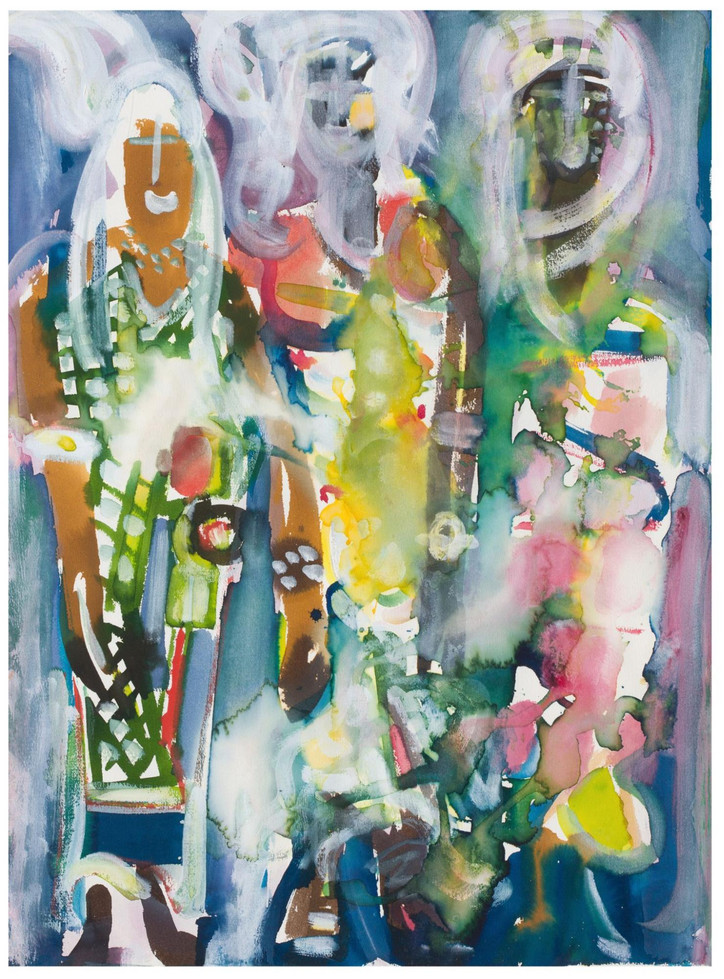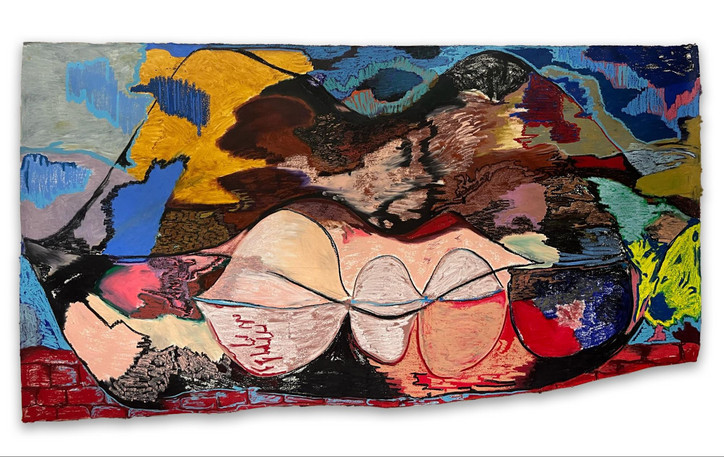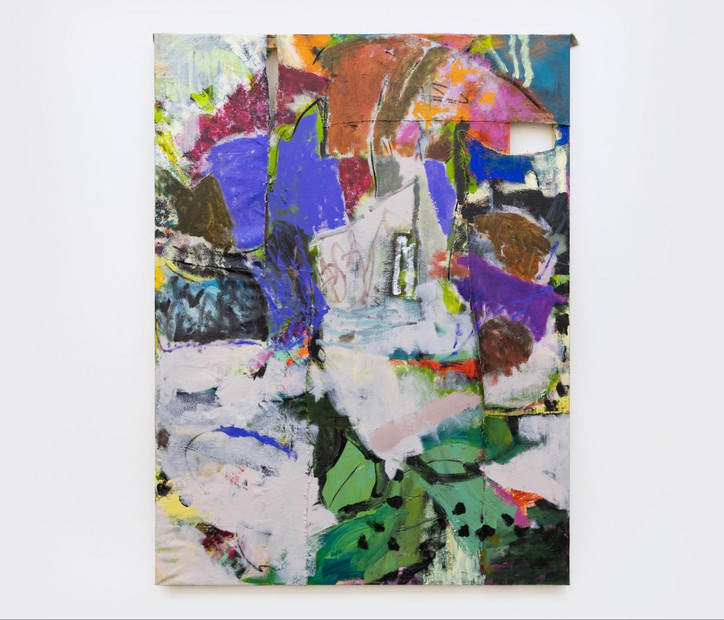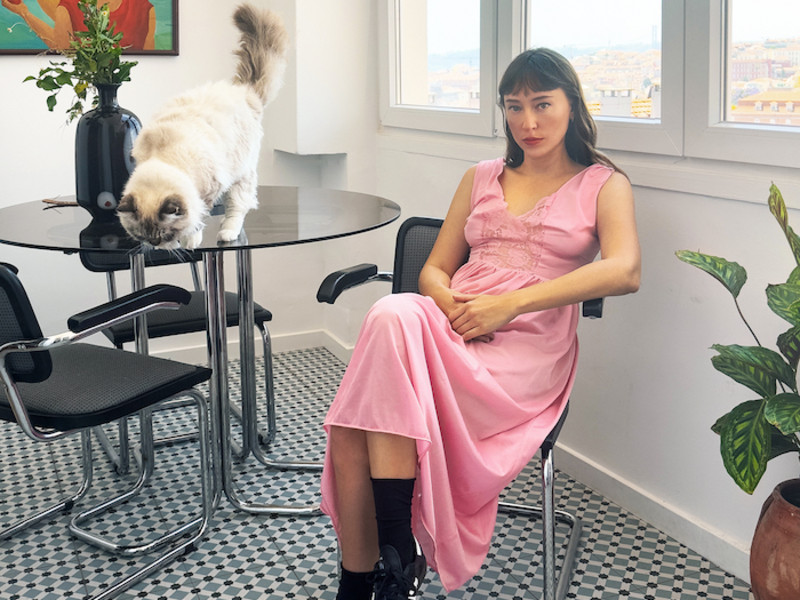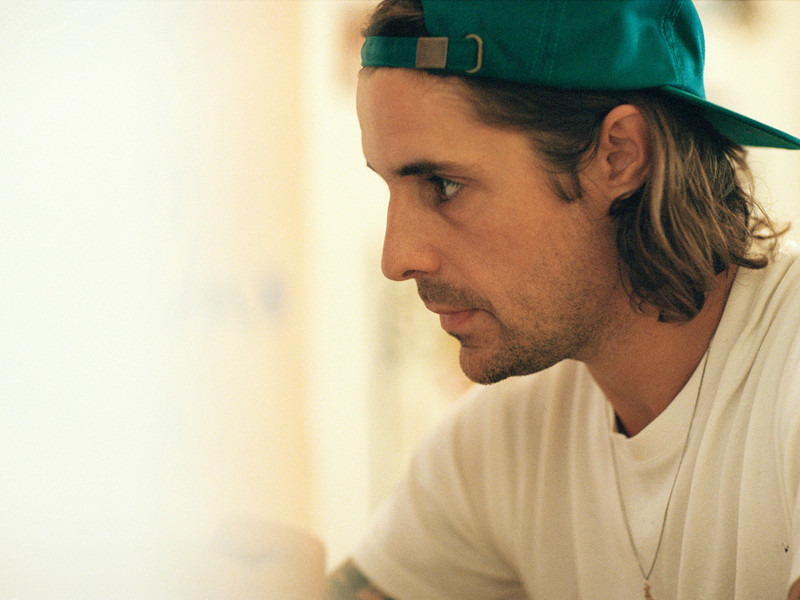For Jurgen Maelfeyt, Books are an Exhibition Space
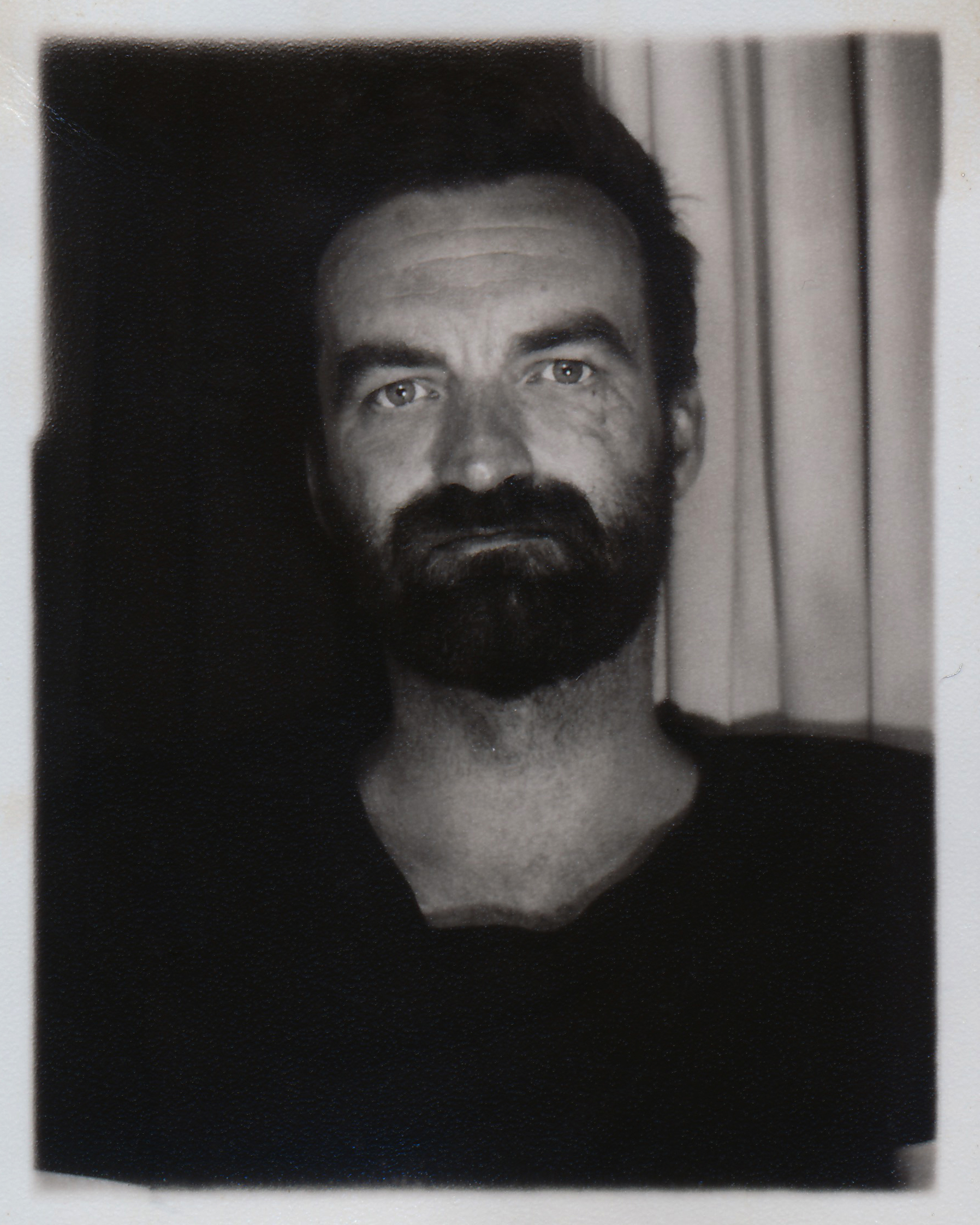
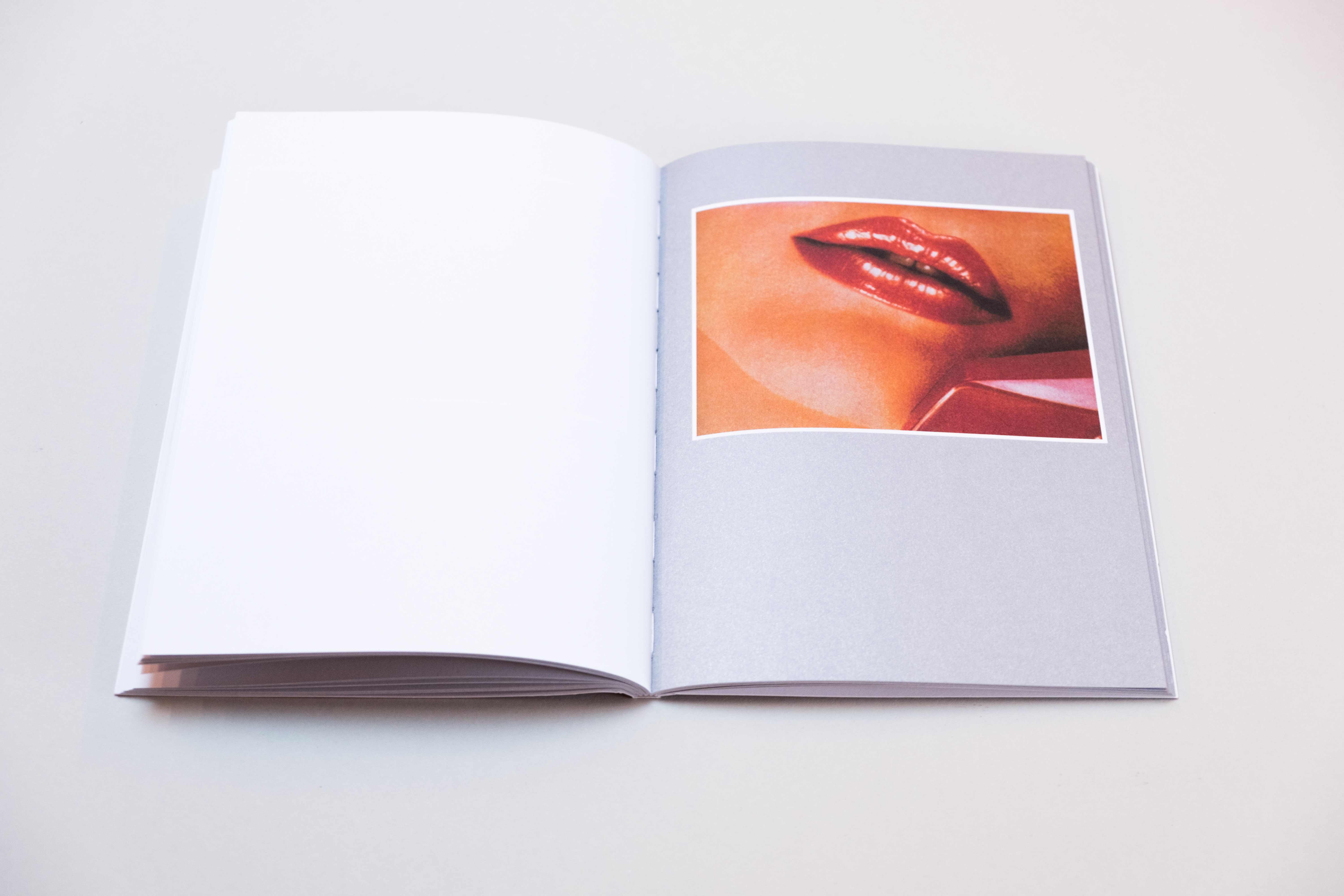
Since 2010, Jurgen Maelfeyt of Ghent-based design studio 6'56" has been independently publishing books through the platform he founded, APE (Art Paper Editions) and more recently, Monogram. An APE book is a feeling, a system created in hindsight, guided by instinct. It is a response to a body of work, not its calling. Viewing the book as an exhibition space, Jurgen had developed long-standing relationships with some of the industry’s most beloved artists and photographers including the likes of Carlijn Jacobs, Camille Vivier, Richard Kern, Paul Kooiker, and John Yuyi. His books are acquired by institutional libraries such as MoMA, Centre Pompidou and Macba amongst others.
As a teacher of graphic design and self-published photographer himself, Jurgen’s understanding of the publishing landscape has been shaped by nuance and instinct by way of firsthand experience. He’ll be releasing his next book Toy on APE platforms soon and will be in New York for the NY Art Book Fair next week: booth C28. office chats with Jurgen about why something wouldn’t need to be published, the editing process and why you shouldn’t produce work with an end product (a book) in mind. Hint, hint.
Lindsey Okubo — Hey Jurgen! So nice to meet and chat. Know you founded APE in 2010 and I’ve been following your work for some time now so let’s take it from the top! Can you tell us about its early beginnings, motivations, etc.?
Jurgen Maelfeyt — In the beginning, I was producing zines on my own and APE actually started somewhat by accident because I didn't have a publishing house. There was a curator that needed to put my name on the colophon for some publication and he quickly asked if I could officially be the publisher because he couldn’t be and I was like, Okay, let’s take the chance. That same year, I was invited to Offprint in Paris and it was a huge success. I brought some suitcases of books with me, I went to all the shops and I came home empty-handed, I sold everything. It was fun from the beginning especially because you got to meet so many people at the fairs. I grew with the fairs as I then went to New York, other places, etc. We grew from just being a graphic design studio into distributing worldwide. To stay independent we needed to scale up and by that I mean we needed to produce between 15 and 30 books per year so that I could hire the necessary staff. We switched over from one distributor worldwide to several, we have now eight different distributors globally and they know the shops better, it’s more local. It’s not a machine that's behind it all but it's a system. For every publication, everyone plays an important role in the process. The goal as an independent publisher is not just to make the book but to spread the book all over the world. That's our goal. Also we have a personal approach, it’s always me that the artists are talking to so that's a huge difference.
Amazing! It's interesting because there's seemingly been a rise in self-publishing, people doing books, printed matter, what have you. The same way that “everyone is a photographer” now, everyone is also becoming an author in hopes of finding new ways to immortalize their work in the age of the doom-scroll. When you make a book, you think of it as being forever and how much of that is related to things like vanity and overplayed nostalgia?
I get many book proposals and there are two questions I always ask myself when reviewing them: does it attract me or not? I have to feel something, it's a very personal approach. I also ask: does it need to be published? I think there’s an overload nowadays where not everything needs to be published. If you look at the proposal from the viewpoint of the artist or the photographer, you want it to be published, of course. But my point of view asks if it adds something to all the books that are already out there — that makes a huge difference.
What are some of the qualities that resonate with you that would warrant something being published? And why would something not need to be published?
That's a very difficult question to answer because I try not to focus too much on one category. I do love fashion myself and I'm very connected to that world but not every fashion photographer is an art photographer. Most of the fashion photographers that I work with come from art backgrounds first and then have gone into fashion. Another example is that normally I do not have a thing for documentary photography but sometimes it's so good that I still do it, the same goes for landscape photography. I did landscape once but in 99% of the cases, I will say no because it's just not my thing. If it's not my thing, I have difficulties designing or editing the book so that's mainly the reason why I don't do it. It’s all very personal.
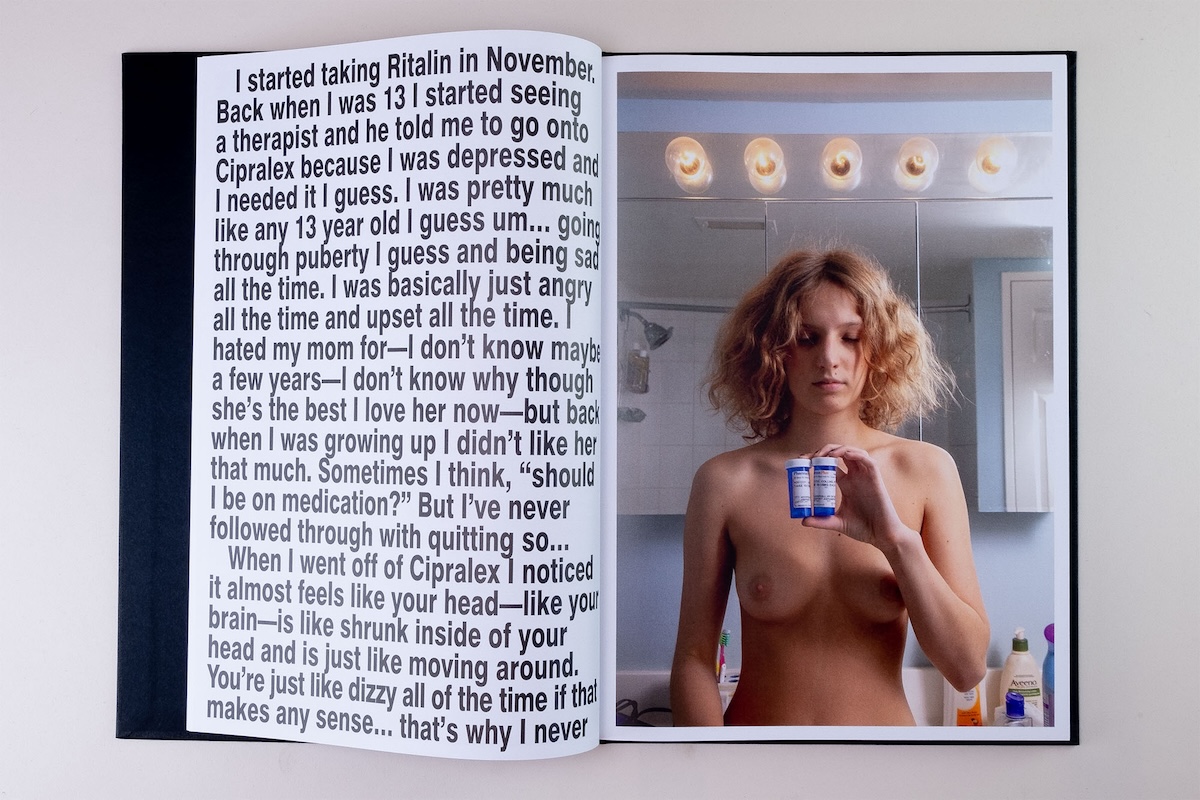
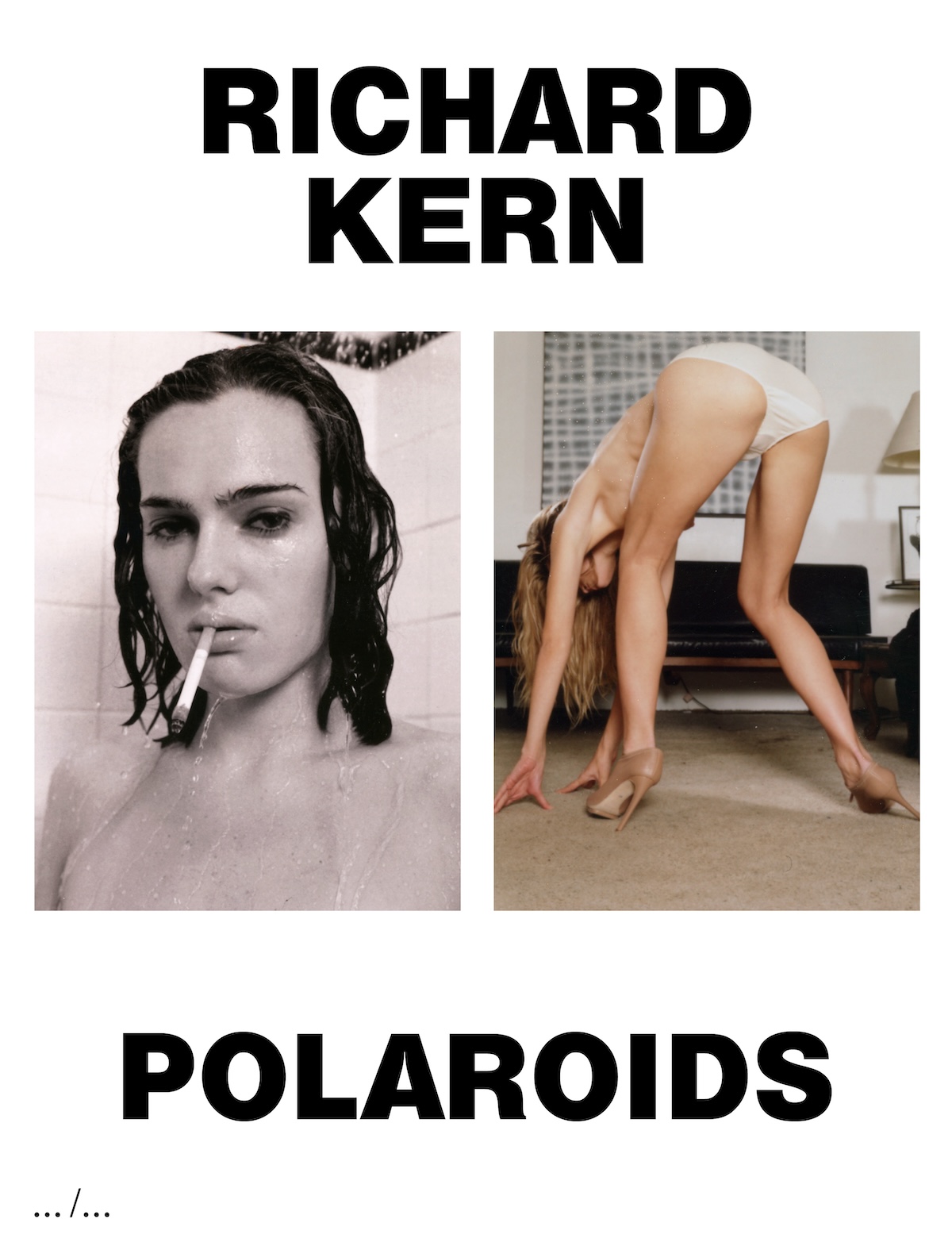
When you're talking about the differences between fashion and art photography, does that have to do with the speed at which things are produced? With fashion, it moves in trends and cycles which essentially become predictable.
The thing with fashion photography is that there's a lot of copying going on. You have to be careful because fashion photographers are used to working with mood boards and those mood boards can kill photography sometimes. Mood boards are supposed to inspire people to photograph something but then the client comes in and they want exactly what's on the mood board so people start copying things. Also, fashion photographers sometimes think that they want to produce an art book but they see it as an editorial, and it's not. The line is very thin and when I work with fashion photographers, I just try not to grasp that bit of fashion in them, I try to see the other things that they have. I just worked with John Yuyi on a book and she works in fashion but what she does in art is so different but it's very valuable.
Right and circling back to the word I mentioned earlier, “vanity,” which I know invokes an ugly context but publishing a book does add this level of acclaim to one’s work which could explain the confusion. It’s interesting that publishing nowadays has become a stamp of approval or validation in a way that a blue checkmark could never.
That goes for photography in general too. If you're not published as a photographer, you don't exist – is what they say but I don't think it's true, there’s still a lot of hidden talent out there which I hope to discover through books.
A book is meant to be timeless in that whenever you’re picking it up, it exists in that moment, no matter if it's this year, or five years from now but it’s interesting to think that so much of the editing process is about looking back. When you're editing, how are you ensuring that the images you’re selecting will be narratively strong regardless of when someone views them?
When people send me images I'd rather have 1000 images to choose 20 images from rather than having to pick 20 from 22. The editing is very important and it's different from making selects when you’re making a book. I don't know if the images will stay relevant but I’ve made some books 10 years ago that are now classics, I call them APE classics. In most cases, how the editing process is done is to find a system in editing.
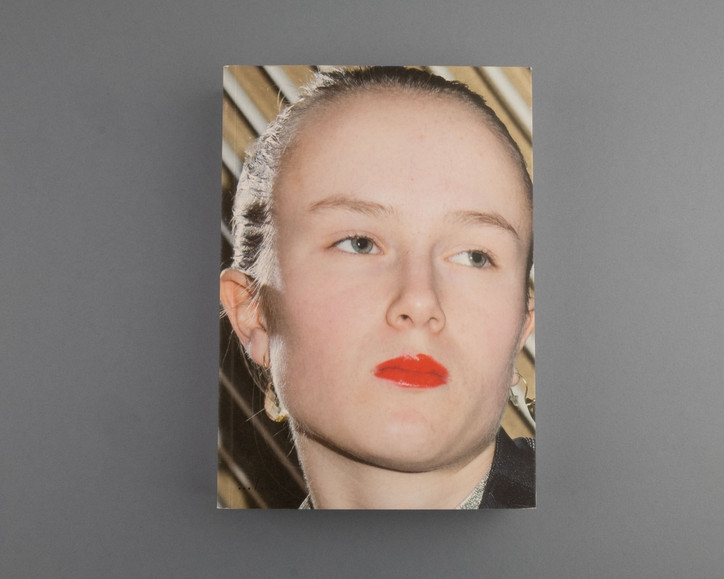
For example with Liv Liberg’s book Sister, Sister, we found a system where we did it in chapters of months. She had photographed her sister for 15 years and we could’ve done it chronologically but that would be adding in another storyline of her sister growing up and we didn't want that. We wanted to see it as her sister being a muse and dressing up, that was the whole point. What we did is to put the images in folders by month: January, February, March etc. All the images from January were selected and put at the beginning of the book no matter what age her sister was and on it went from there. It was a methodology on doing things to make sure you avoid certain stories that you didn’t want to tell in the book. I will never use that system for another book. Every book has its own way of editing.
Right and I know the way you describe APE is that you see the book as an exhibition space, is this methodology of creating a system what you mean by that?
I see the book as a sort of architectural product itself because you build it as an object. It needs some things to structure it and it becomes a book when you bind it. Otherwise, you have loose sheets. If you do architecture, you have to make sure that every wall stands, every floor supports the whole of the building so it doesn't fall apart. With books, it’s the same.
Right and we kind of forget about the actual process of making a book, where it literally comes in folios, you have to consider the thickness of paper, proofs have to be physically shipped etc. These aspects make it sacred and almost ritualistic. I know another word you use and consider when making a book is “balance,” how are you defining that word?
90% of the people who are editing or even photographers editing their own work start from the beginning of the book and work through to the end. But if you are at a book fair and you look at the people browsing through the books, you will see that not everyone opens the book from its first page. Some people open it from the back, some people open it from the middle — and that's how I also edit books. I want people regardless of how you’re going through the book to have the same feeling throughout it.
And when we’re using the word narrative, the consumer landscape as of late requires every product, every thing, to have a story but do things always have to have a story? Do beginnings always have to stem from an epiphany?
No, no, no, it can also be just the images.
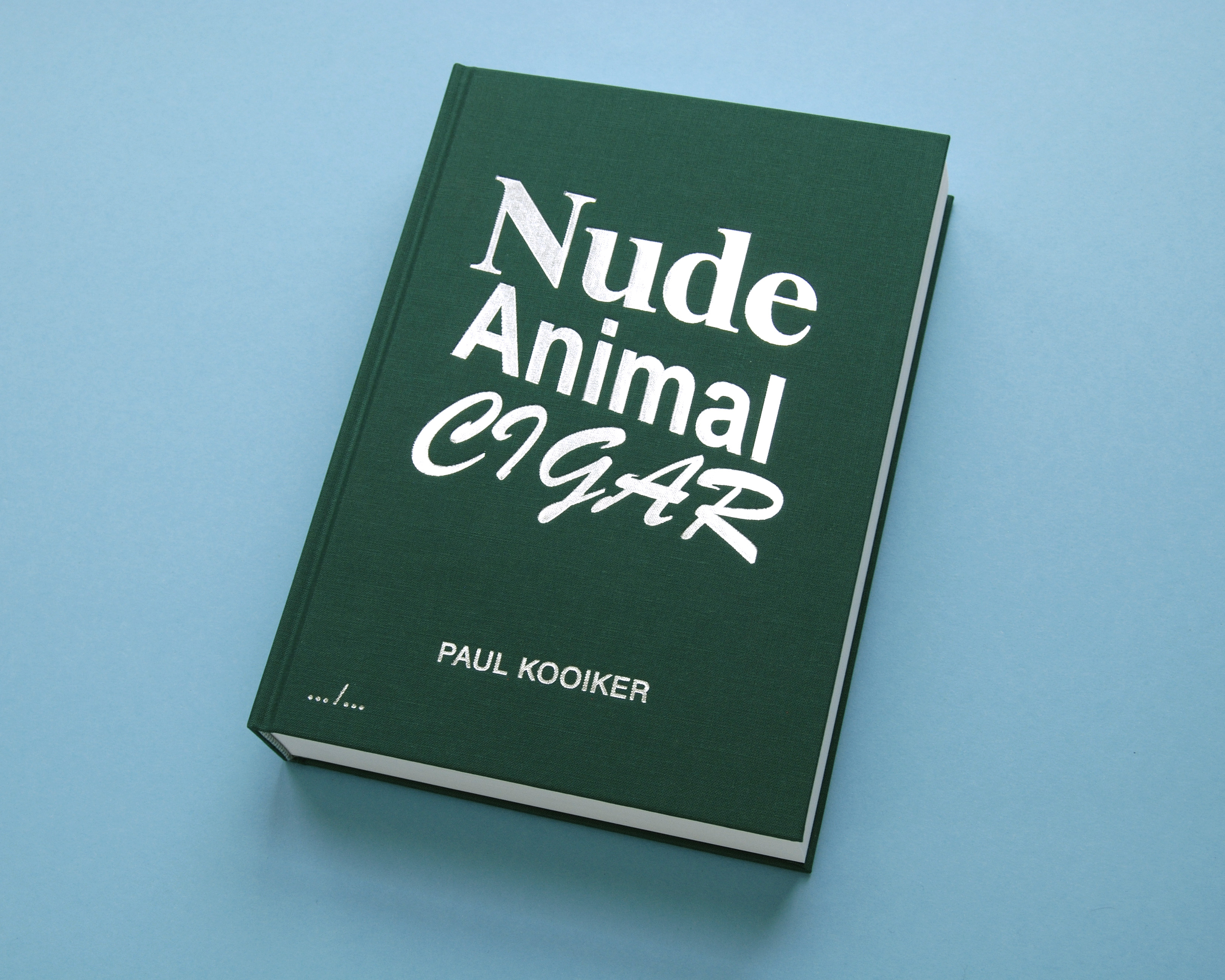
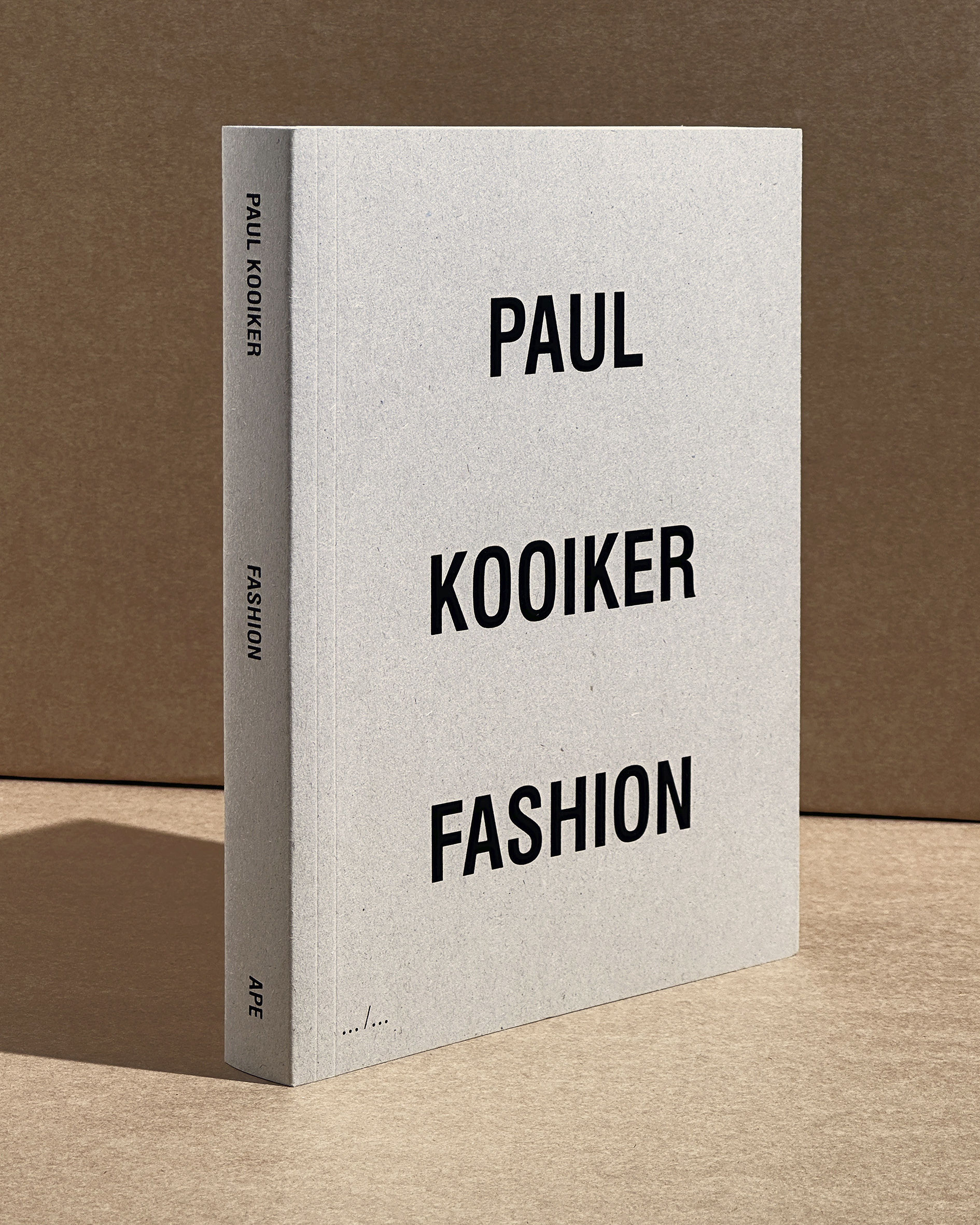
Do you find that purer almost?
Yeah, I think so. My own books do not have a narrative at all. It's the title and the images, that's it. For example with Paul Kooiker, there's never a narrative, never. It's always the title and the images. The first one that we really did together was Nude- Animal- Cigar so that’s what he photographed. You don't have to think of a story but it was the only way that it all fit together, it had to be those three things because nude and animal had like a weird connotation, animals and cigars didn't make sense, and nudes and cigars had the wrong connotation. That was the whole story behind the book.
You’ve been publishing your own work for a long time too and I’m wondering how your own relationship with photography shifted or was impacted by keeping that former process in the back of your mind while shooting?
When I find the time or when I think I have an idea, I make a book. That's the process. I've been doing this for years so there's no real strategy behind it. The next one, Toy, is ready, and will be out soon and I don't have any clue what's next. [laughs]
Right and it’s kind of the same with writing too; where if you know you’ll be editing your own work, it becomes a challenge to just write freely. You end up self-censoring a bit. Does that ever happen with you while shooting stuff? Do you think people should shoot or produce work with the product in mind though? That feels like a slippery slope.
Yeah but for me, everything is made for books so there's no thinking of other things than making a book. If you're a bookmaker, it's easy. I don't think photographers should be thinking about the kind of paper they’ll use while they’re shooting but for me, that's what happens.

Jurgen Maelfeyt Toy (April 2024)
Interesting. And in publishing someone’s work, you’re really able to understand and be a part of an artist’s growth and career trajectory if you establish a regular publishing cadence. It’s refreshing because magazines nowadays won’t do it, they’ll be like, oh we covered them a month ago, we're not going to do a story on them now – I think that’s a huge miss.
Oh yes, I have good relationships with many artists and photographers and I’ve published many books with them and I’ll publish many more. When you build a relationship with artists it's a very personal relationship. I'm not their agent or anything but they trust me with their work. The more I know them, the more they show me the work before it's even edited down which I think is fun. I like to talk a lot about books so with many artists, that’s what we talk about even before we start selecting images or thinking about paper, etc.
Right and when you’re talking about trust, there’s a huge sense of that when someone is publishing something because it’s autobiographical, it can be revelatory. But when it’s done, it’s done. You can’t change its contents, it’s sitting on someone’s shelf. Identity isn’t fixed and we have to keep in mind that a book won’t always represent the artist, they will change but they trusted you in that moment with whoever they were and with their work.
Although I start each product from scratch actually, I do feel APE has a sort of identity. It’s not a visual identity, I cannot explain it, but people come to me and say, oh, it looks like an APE book. I'm not sure what they mean by that all the time but I think the straightforwardness of our books is one of the main characteristics of them.
Nowadays you go online, you see a website, an Instagram profile, a magazine layout and everything has seemingly been made in the reflection of the other. There are distinct aesthetics that render something marketable or relevant and an adaptive mimetic sense of conformity has settled in. That being said, it’s indeed a feat to be celebrated when someone says your work is actually distinguishable.
I know about the trends because and now it's through social media but it started out with the Internet. 20-30 years ago, every country had its own visual language. Now it's switched where everybody in the world has the same visual language. I don't change what I’m doing and sometimes they're in trend and sometimes they're out of trend. There's two types of designing, you can design with a certain personal identity, which means that you always have a sort of grid or template in mind that you’re fitting things into. But if you design from a content perspective, you ask what the content needs in order to be translated into a book. I try to design from a content-perspective. I also teach graphic design so methodology is a topic.
I didn’t know you were a teacher! How do you think artists can maintain their sense of autonomy or purity? As you’ve said before, everything is indeed a copy or you’ve randomly seen it before, it’s kind of this subconscious absorption of content and aesthetics.
I think even with AI’s newfound prominence, you can ask the same question of what is original and what is not? It's going to be a question that will be answered in the next few years. The people that are really authentic are the people that are not using all these moodboards, they aren’t using Instagram as inspiration or Pinterest or whatever. It's also very interesting to research this question.
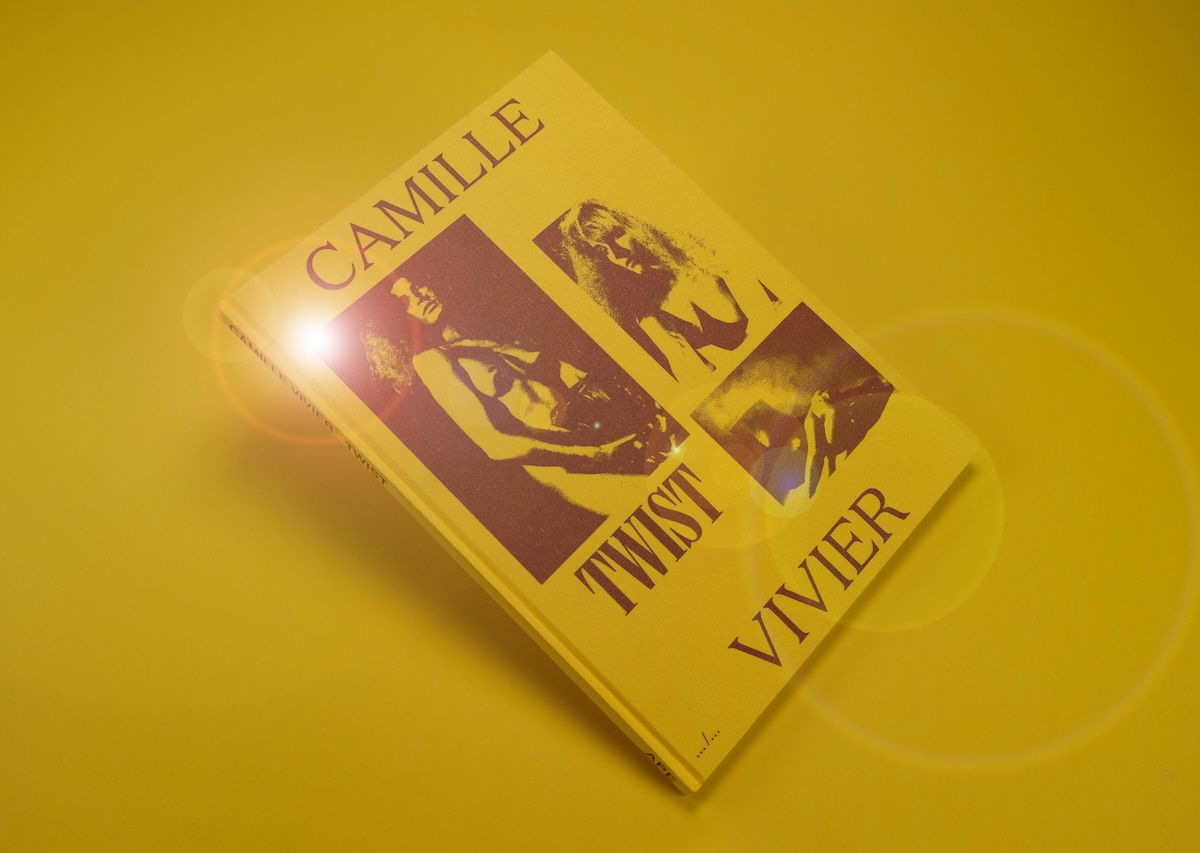
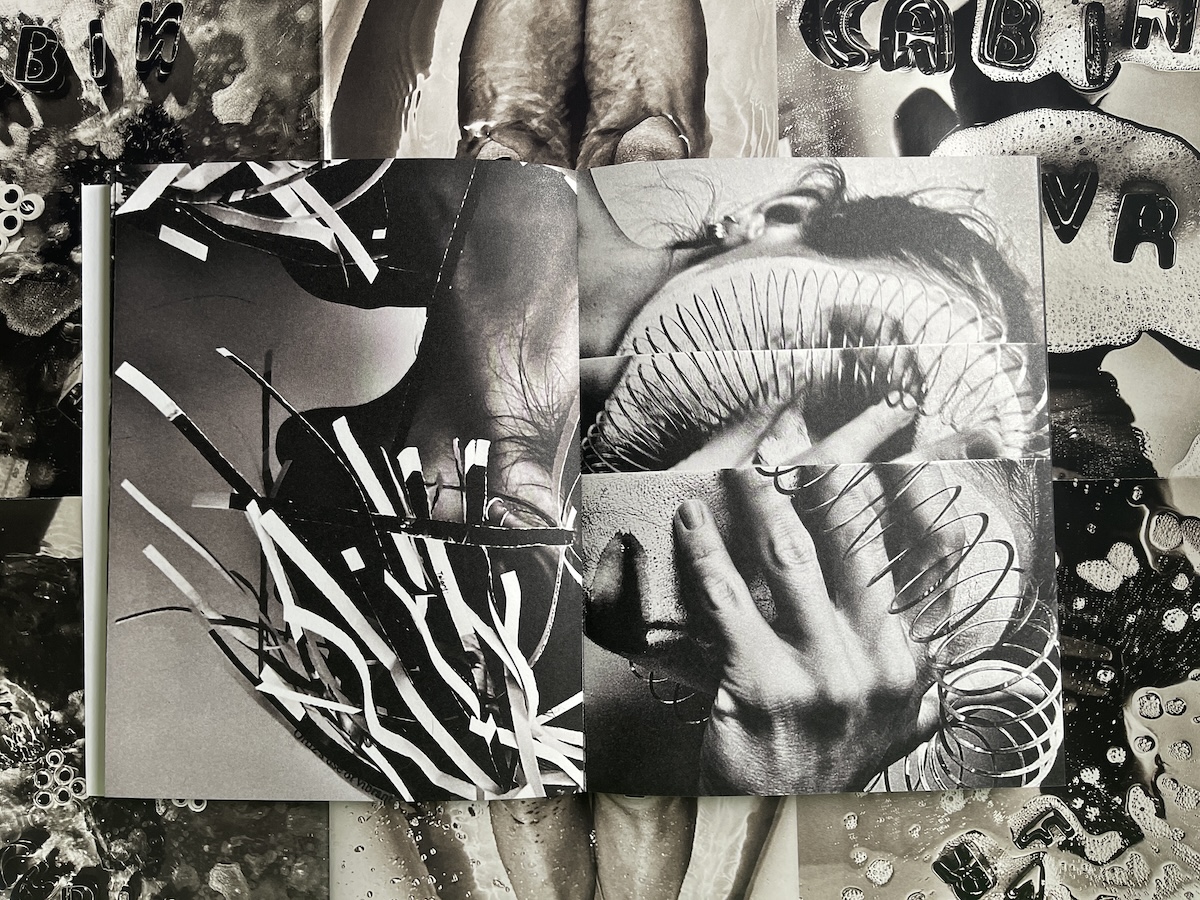
Camille Vivier Twist (June 2019) / Katie Burnett Cabin Fever (2021)
When people are researching or going through archives, they often end up using the same sources of information too. And if it’s not AI, your point of genesis is the self and it’s all essentially influenced by one’s own experiences. Intuition is innate but it’s also developed. What are some of the experiences you’ve had that have shaped your eye?
Yeah, that's the difficult part because the online resources or archives are all the same. What the eye sees as valuable is also a learning process, now I see it faster because I have experience from the past that lets me know if something works or doesn’t work. When I’m researching I can now easily dig into something and know if it’s going nowhere and when to change directions. It's a process of years, time past and experience.
How do you know something is quality? That’s a feeling, no? It’s the mark of an editor.
That's pure instinct. I'm very visually oriented. I recognize things very quickly if I’ve seen it before and sometimes I cannot describe what I've seen, but I recognize it.
Right and in that sense of remembering references, it kind of invokes this idea of collecting things mentally, collecting books, whatever it is. It can feel very physical or burdensome sometimes, do you feel like a collector?
I am not a book collector but sometimes I buy books. I have two reasons to buy a book, I love the work or the artist or because it's a very well made or well designed book, but I find this to be the case less and less. Sometimes these things don't match up either. I’ll find a book that's not very well made but it's beautiful work, the design is very relative in that case.
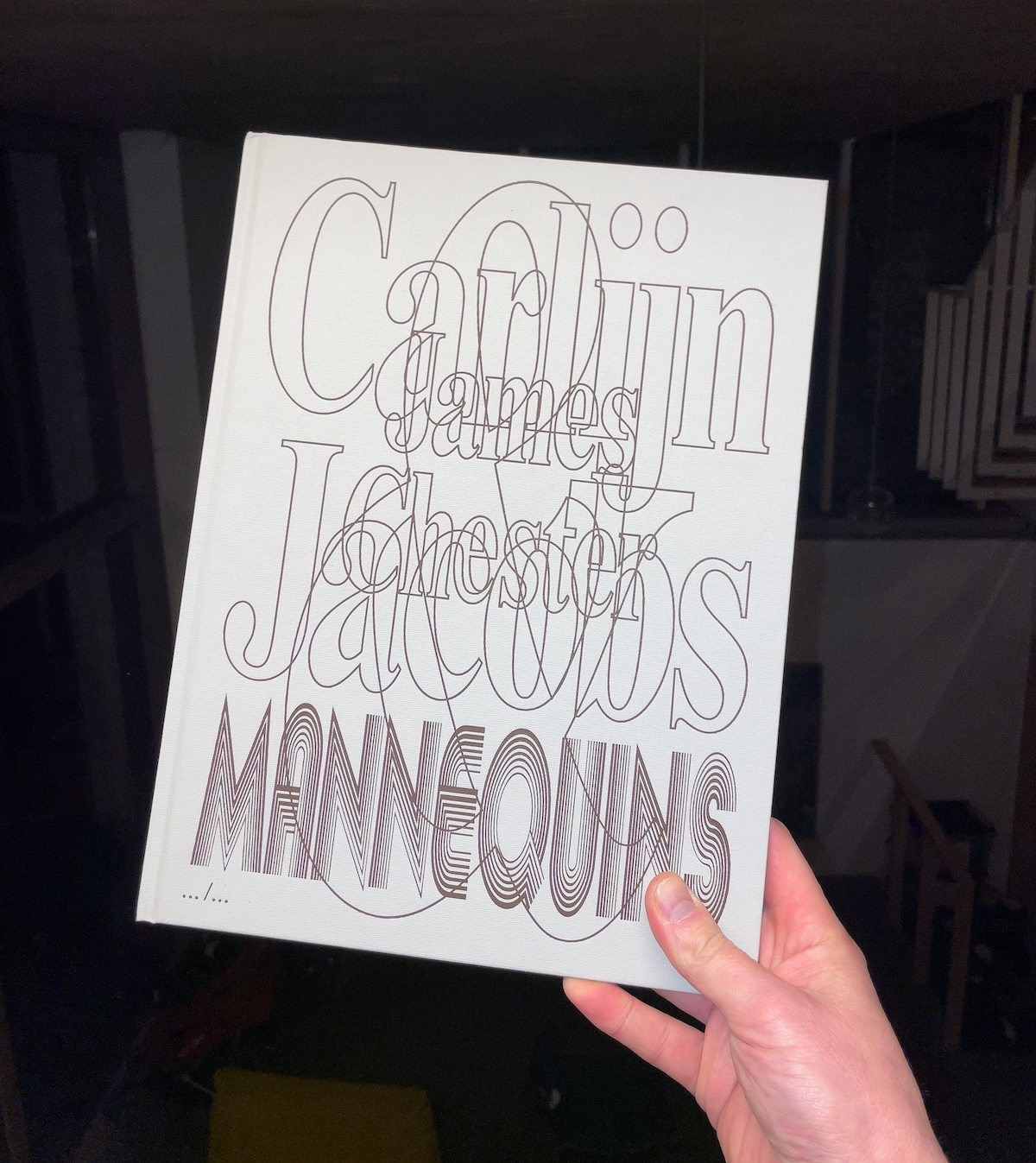
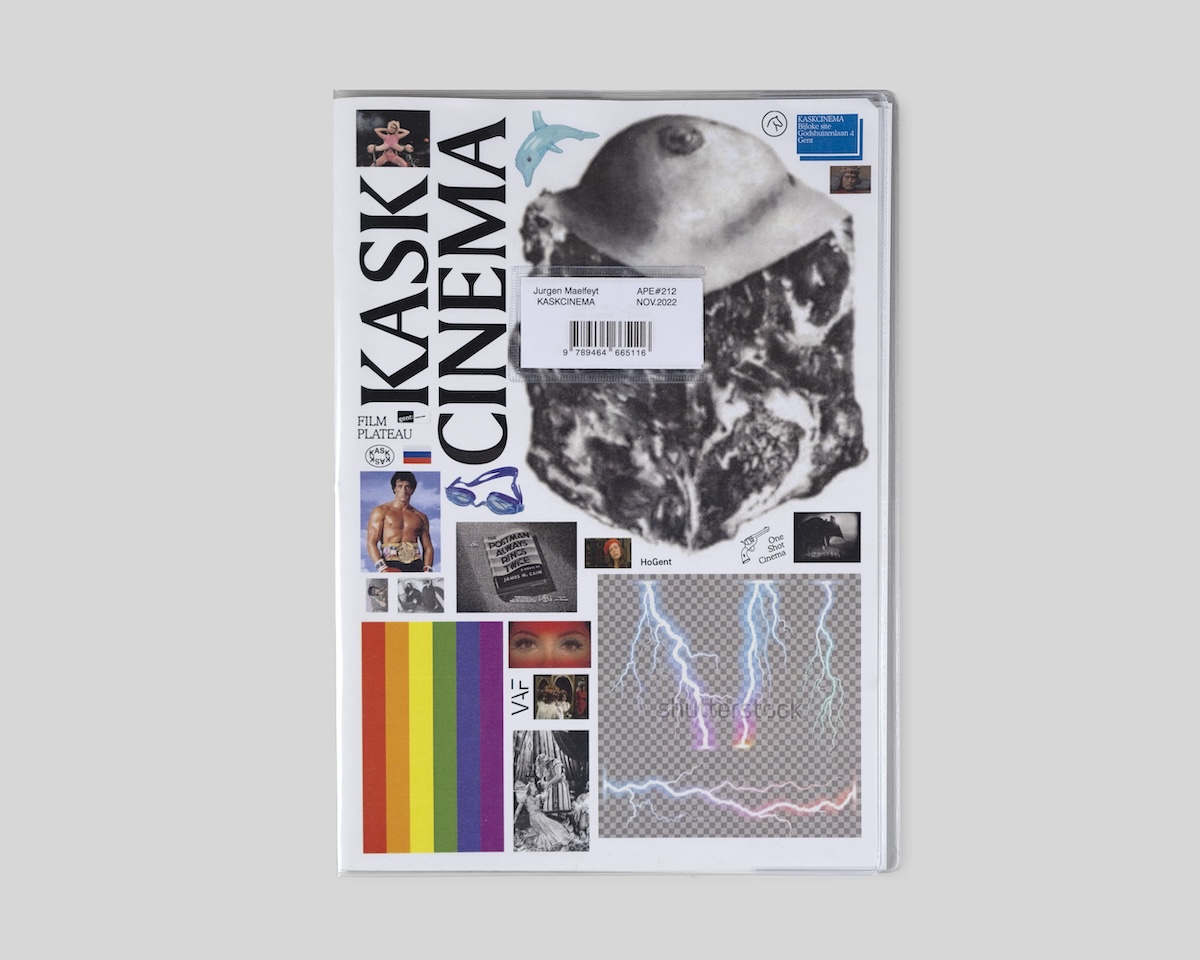
Carlijn Jacobs & James Chester, Mannequins (February 2021) / Jurgen Maelfeyt, Kaskcinema (November 2022)
I know you have Toy coming out soon. Do you want to talk a little bit about that?
It’s the same as Wet and Furs but the only difference is that Toy is more suggestive, less a literal translation of the title.
Have you always been shooting or how did you get into photography?
I don't consider it like fully photography because it's like re-photographing things. I call myself more of an image maker than a photographer. When you call somebody a photographer, I always think of somebody who's running around with a camera all the time, right? I'm not. I use a camera when I have an idea.
I know you also do Monogram and earlier we talked about editing with a system in mind. For Monogram there’s a certain prompt for the artist, a certain scale they’re working with etc. Perhaps it can seem limiting but in reality, I can imagine it helps to apply a uniform thought to artistic process.
The first idea for Monogram came from wanting to commission an artist to make a monogram. I decided to fix the size of the work but left the design to be free. I wanted it to be something that was not a magazine, not a book, but something in between, more like a zine. It would be fast-paced all around, especially in production so that's also why it's stapled. Because it's stapled it cannot have more than 64 pages. If you had a project that was too small for a full book but wanted to make the work nonetheless, you could make a Monogram. For example, Yuji’s book In memory of… which documented her nose job. One artist, one project, fixed size, free design.
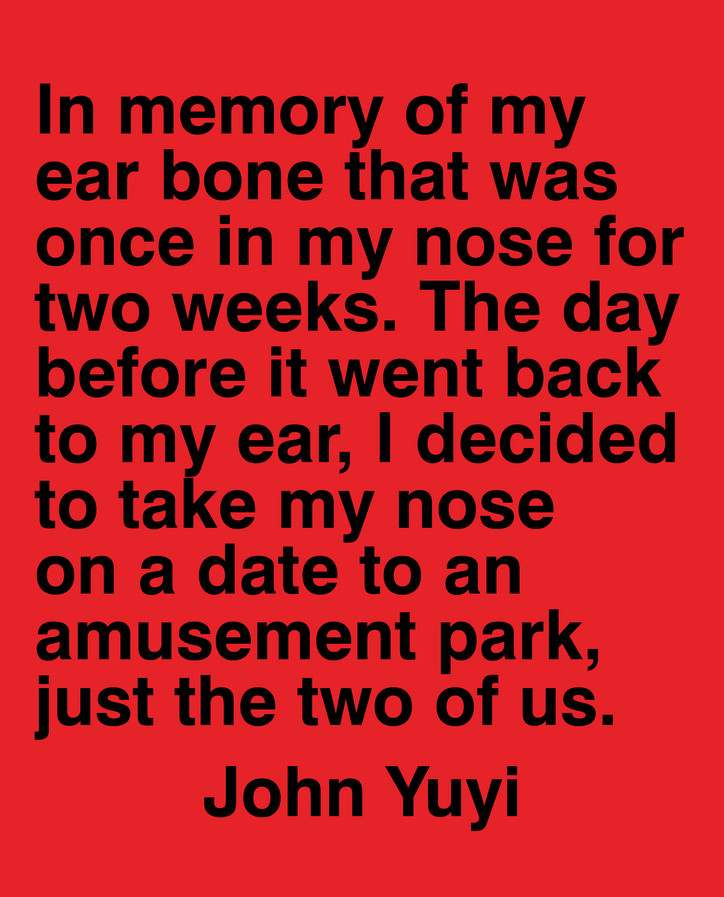
Monogram 5: John Yuyi, In Memory Of... (December 2023)
Got it, so what do you think is the difference between a book and a zine? Obviously size but more so just conceptually.
I think of something more as a zine based on its content. The feel of a zine content is a very fast paced thing. I think of fanzines which are very quickly produced and if it fits that, it can fit in Monogram. I haven't worked on a Monogram for months but I could do a Monogram each night for example, that’s how quickly it can happen. They’re all limited to an edition size of 500 whether you’re famous or not.
As it should be.
